November 12, 2023
Martha O'Kennon
The temperature has become more even: chilly by noon, and by late afternoon, it's cold. I spend the last bits taking pictures of the leaves that have fallen onto the pond and need to be lifted out. Over the past few days or weeks, the afternoons keep you wishing you were better at scooping without falling by the side of the pond. Here is one of those late November afternoons with its purple skies showing off the bright yellow leaves!
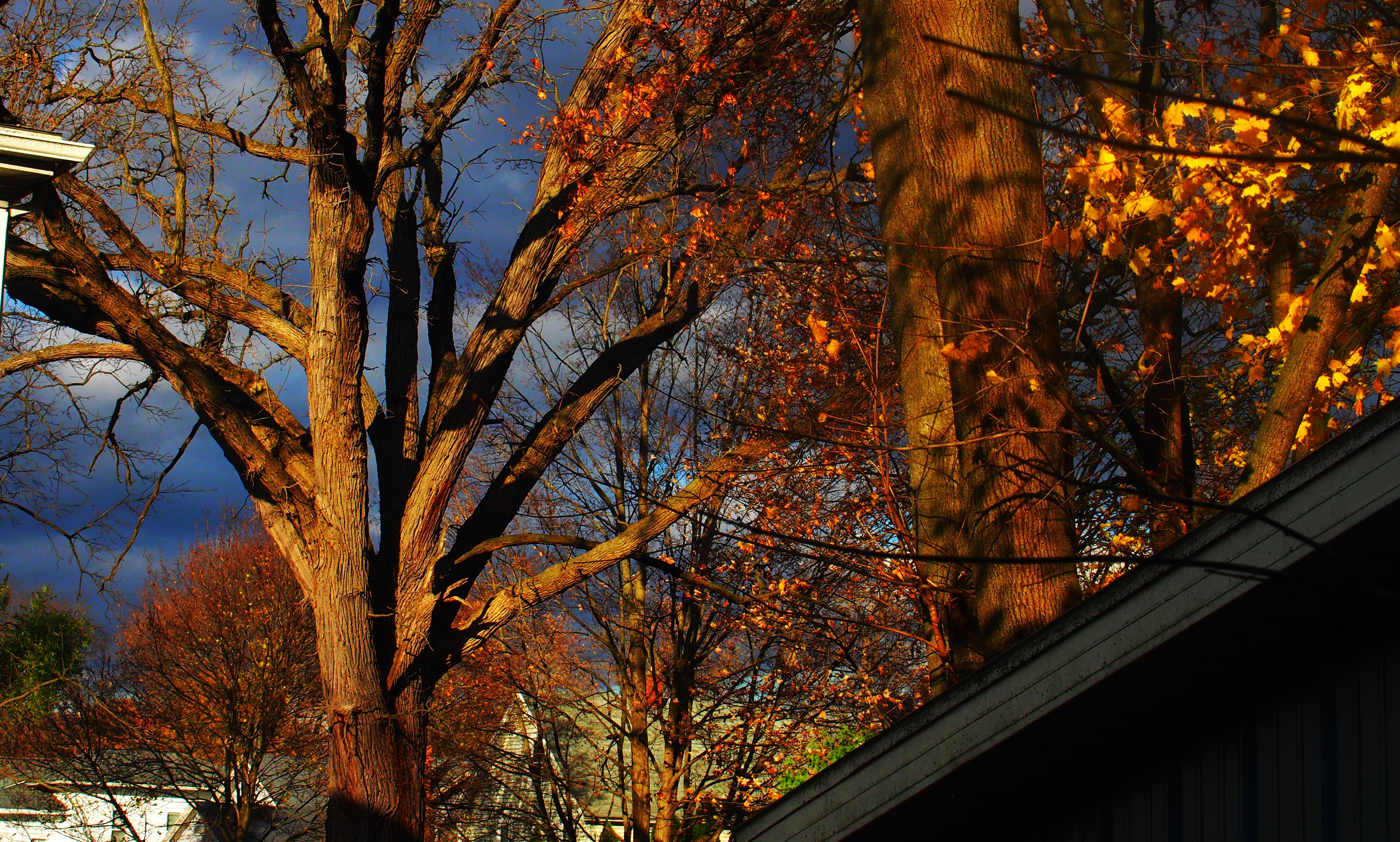
Here are two Ants. The first is probably a Winter Ant, but I don't know the second (the black one). Third is most likely an Aphid.
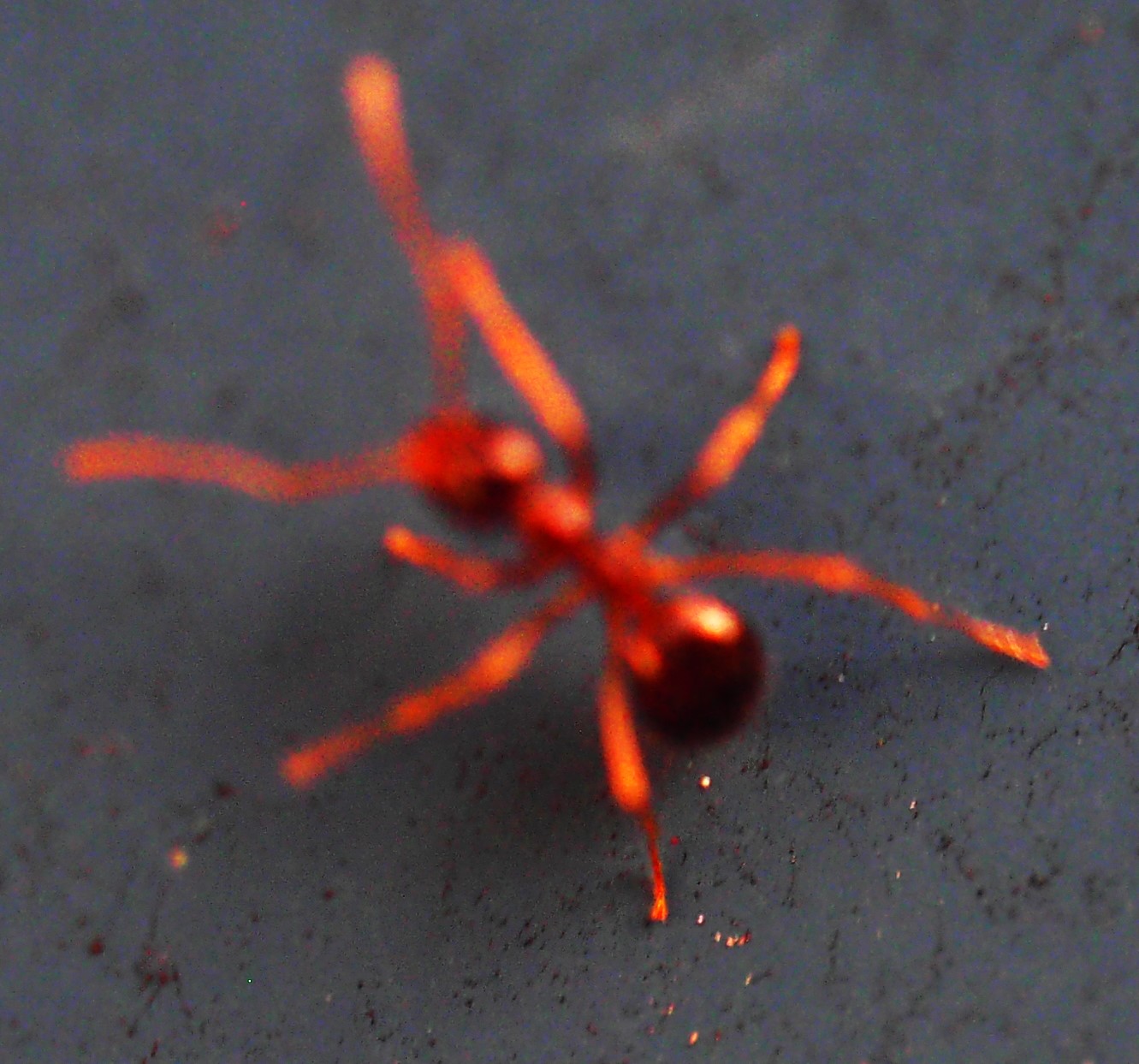
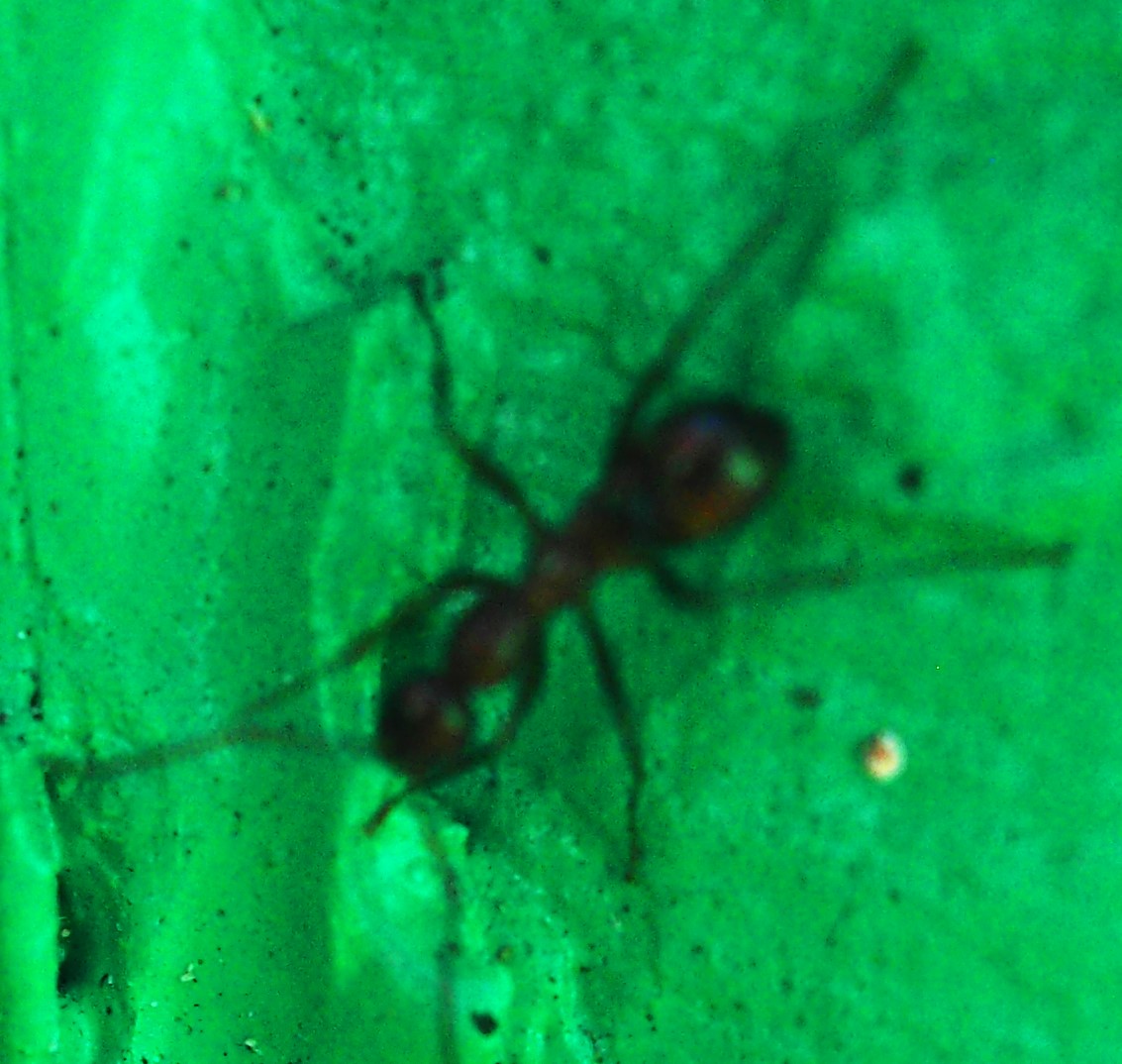
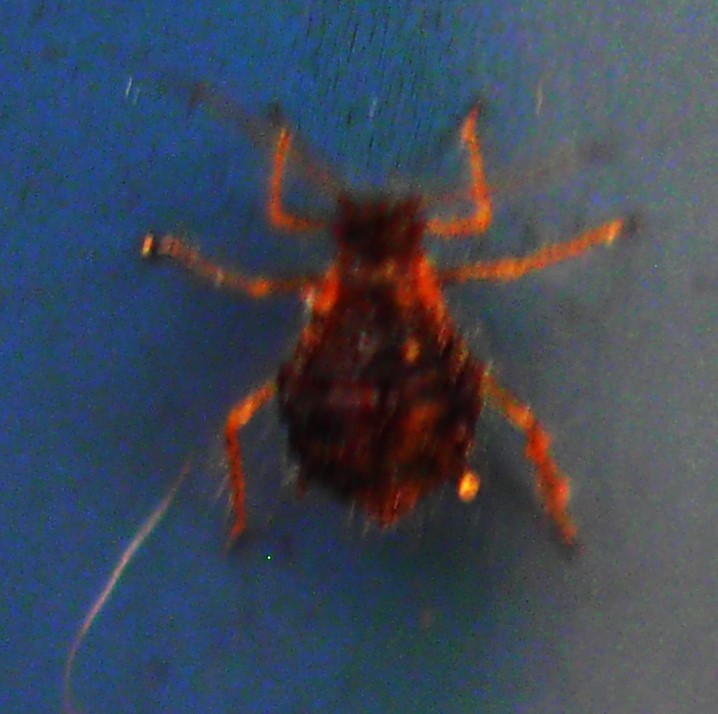
Beetles? Here first is a Redbud Bruchid, a Weevil who likes to eat Redbud seeds from inside the Pod. I didn't see number 2 (the Weevil genus, which sounds a lot like the Evil Genius) Lixus until I was almost finished with this blog! It is followed by a couple of Bugs who are Leafhoppers.
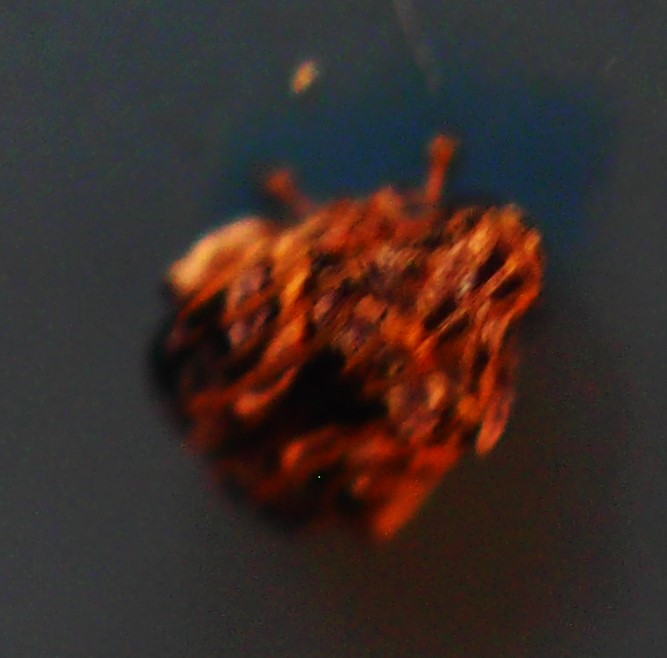
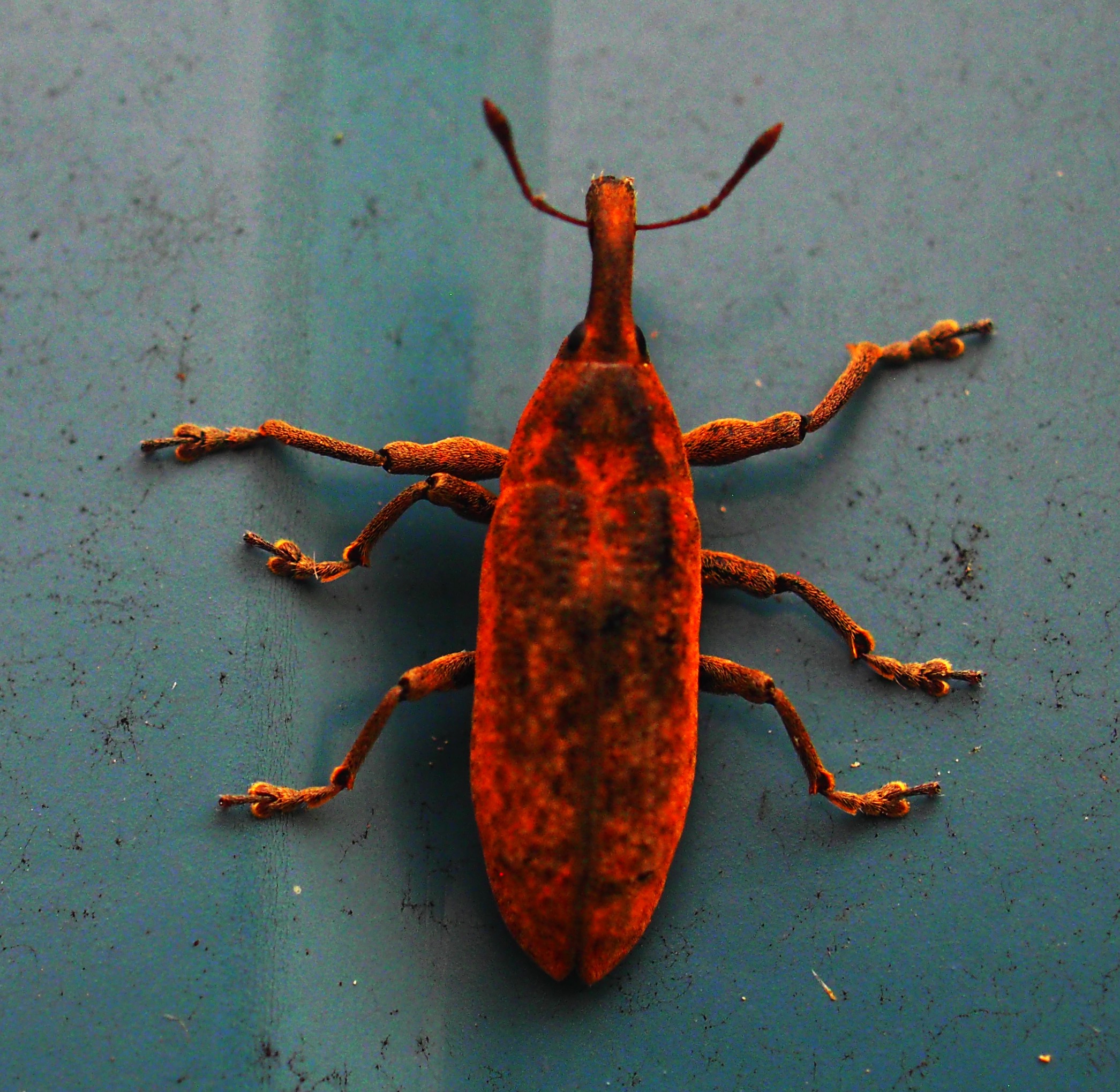
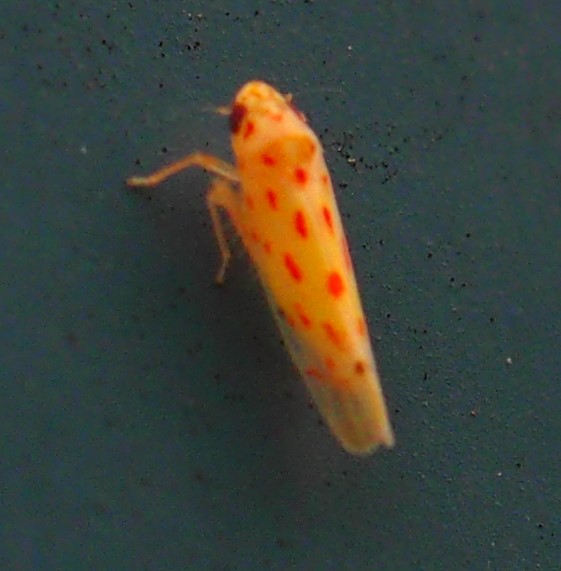
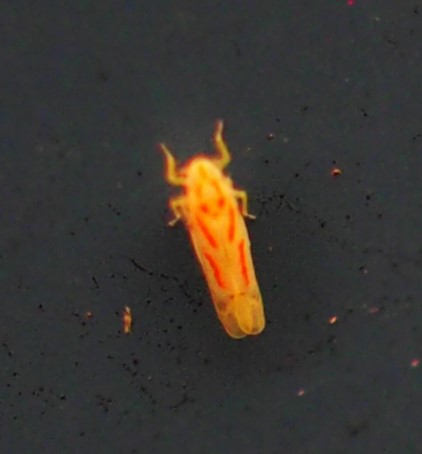
Here are a couple of Stink Bugs. Then a Boxelder Bug and a little white Planthopper.
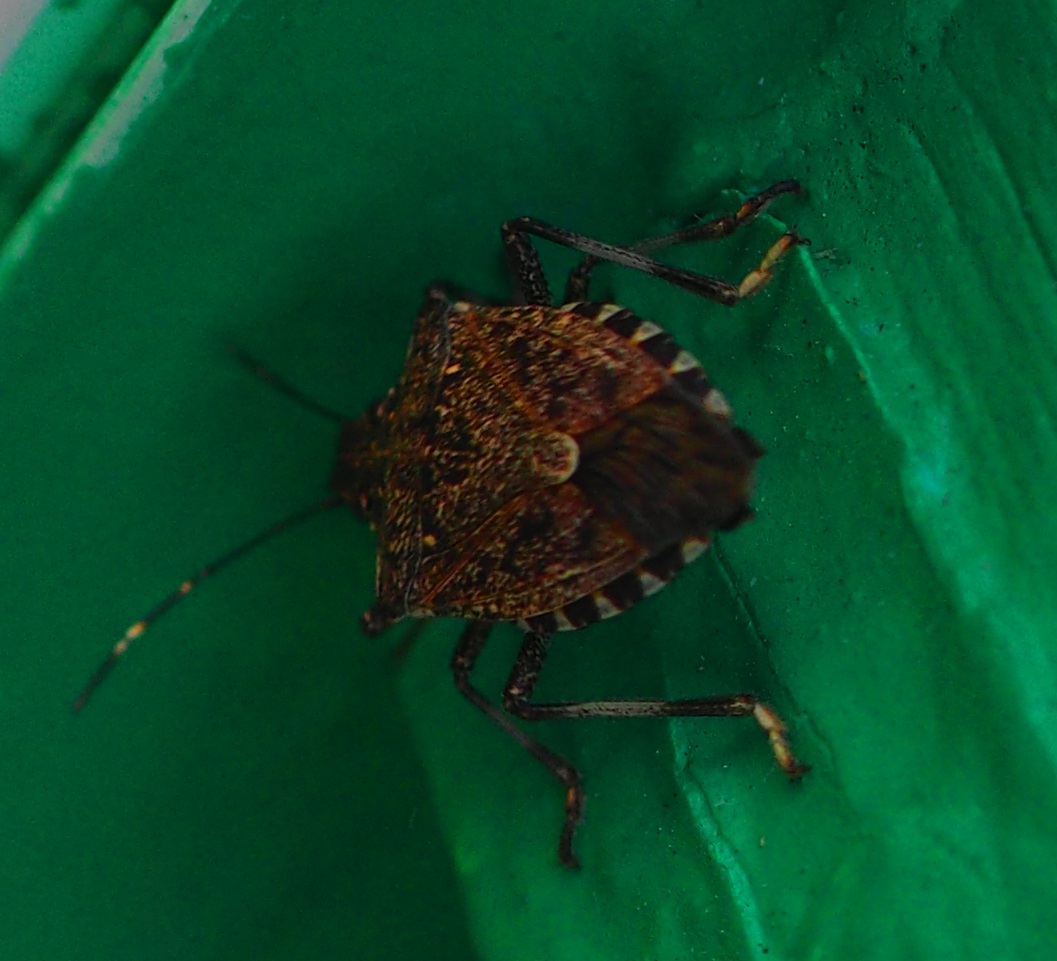
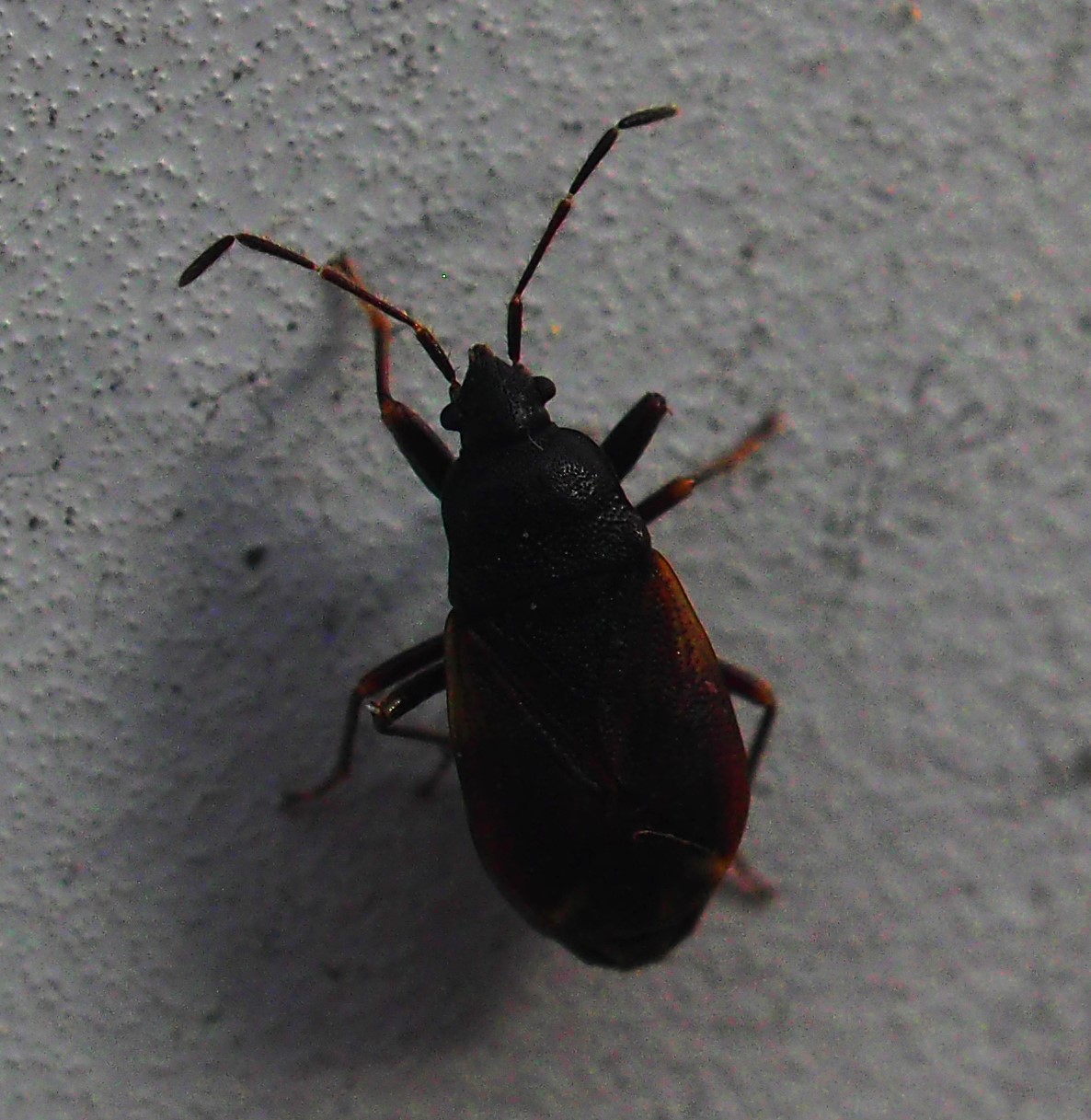
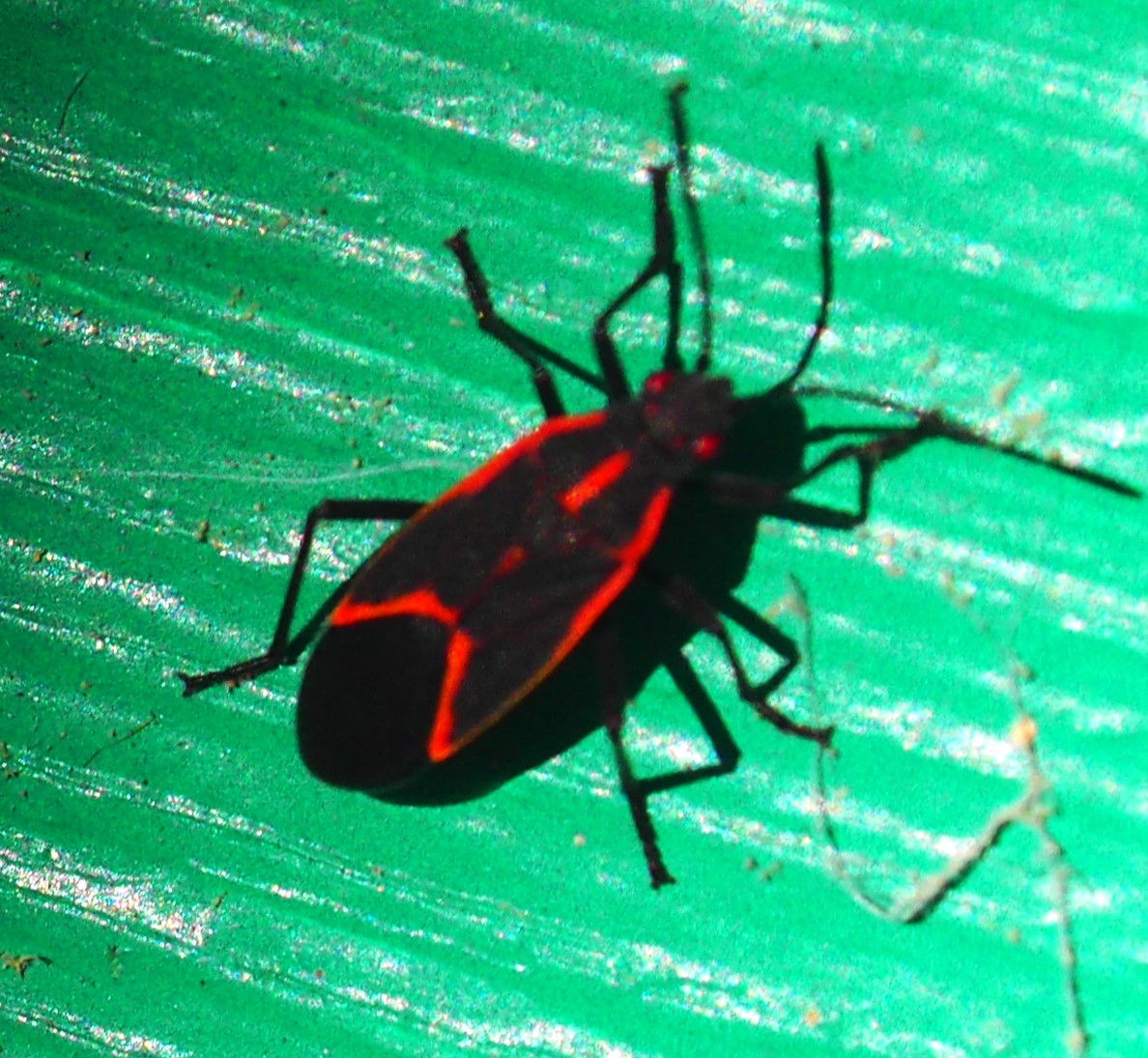
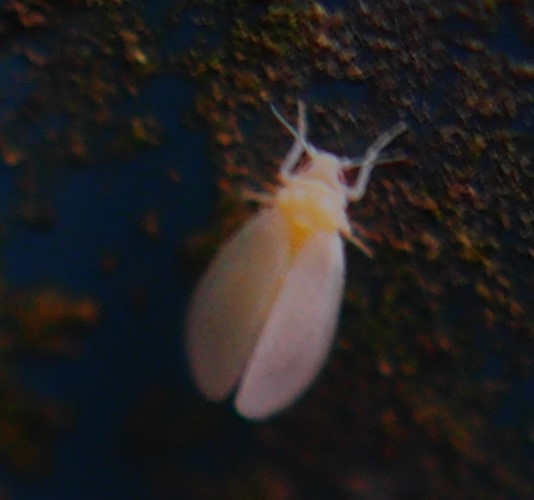
Remember that there is information in the name of the file for each image. You can see it by mousing over the image - look at the lower left of the screen. Or you can click on the image to get to the (usually) larger image. Then the info is displayed in the address line above. Sometimes the second click will actually display a different view of the
original image.
Here is a little red Bug, and then a Western Conifer Seed Bug.
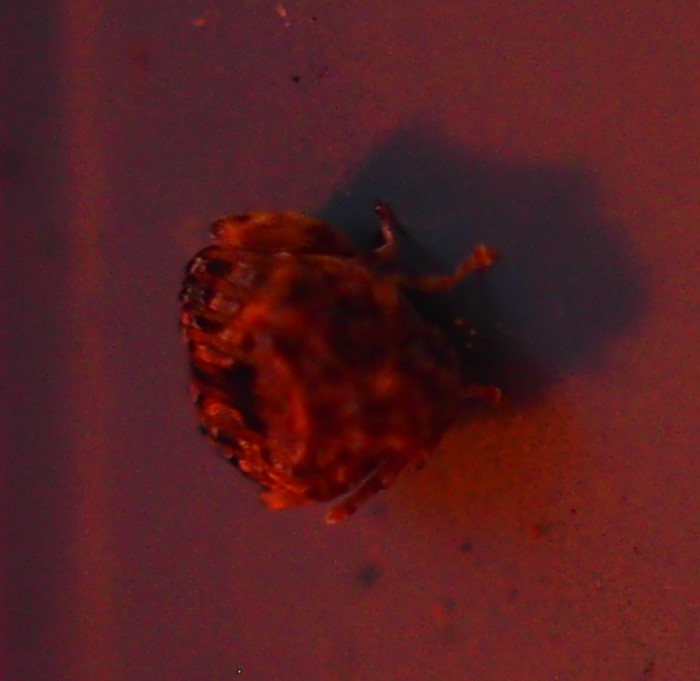
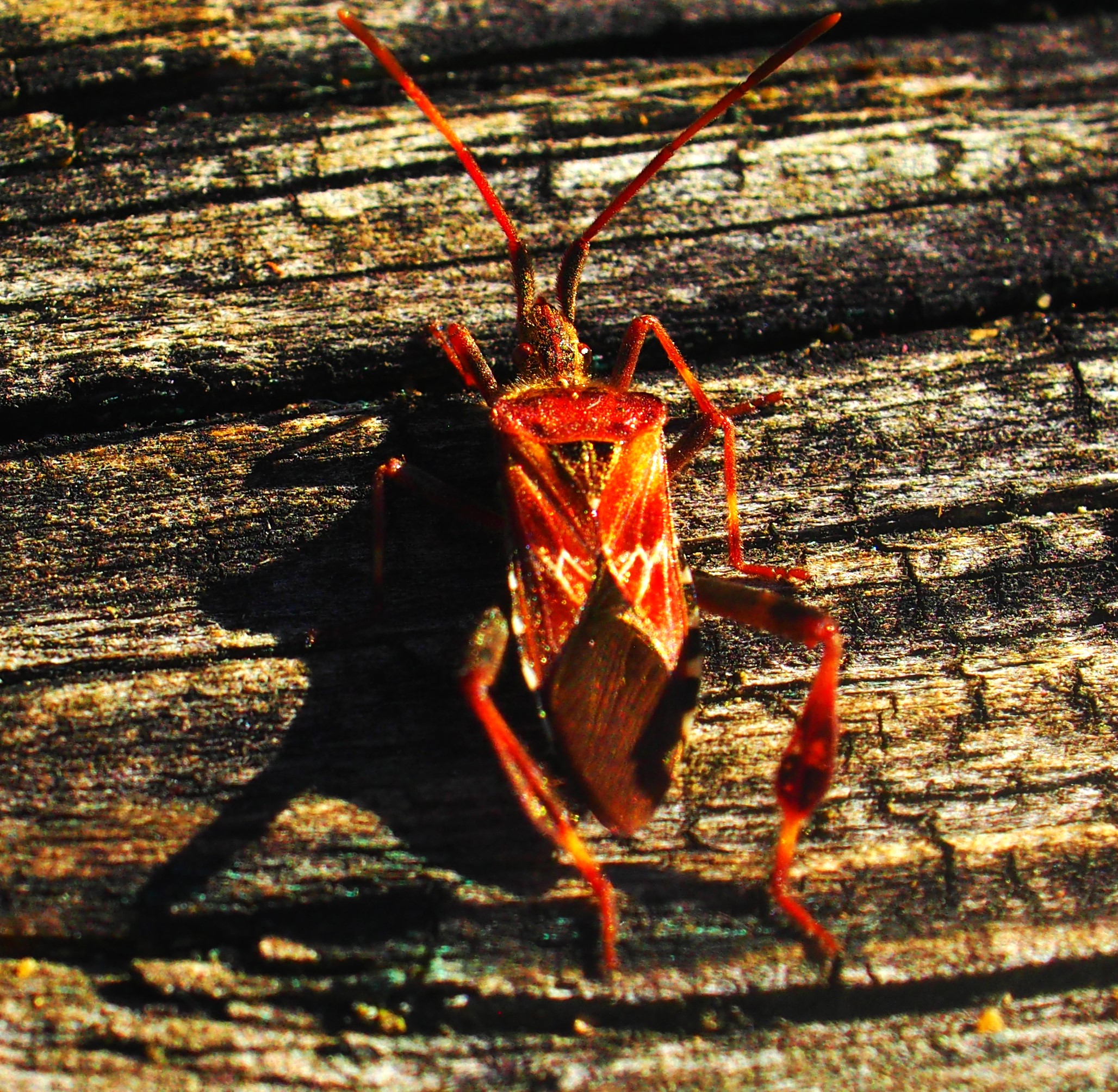
Here (first and second) is a member of the Assassin Bug group. It's called a Thread-legged Bug, which you might have guessed from the shape of the legs. The third is another thing I can't figure out, but is probably a kind of Bug.
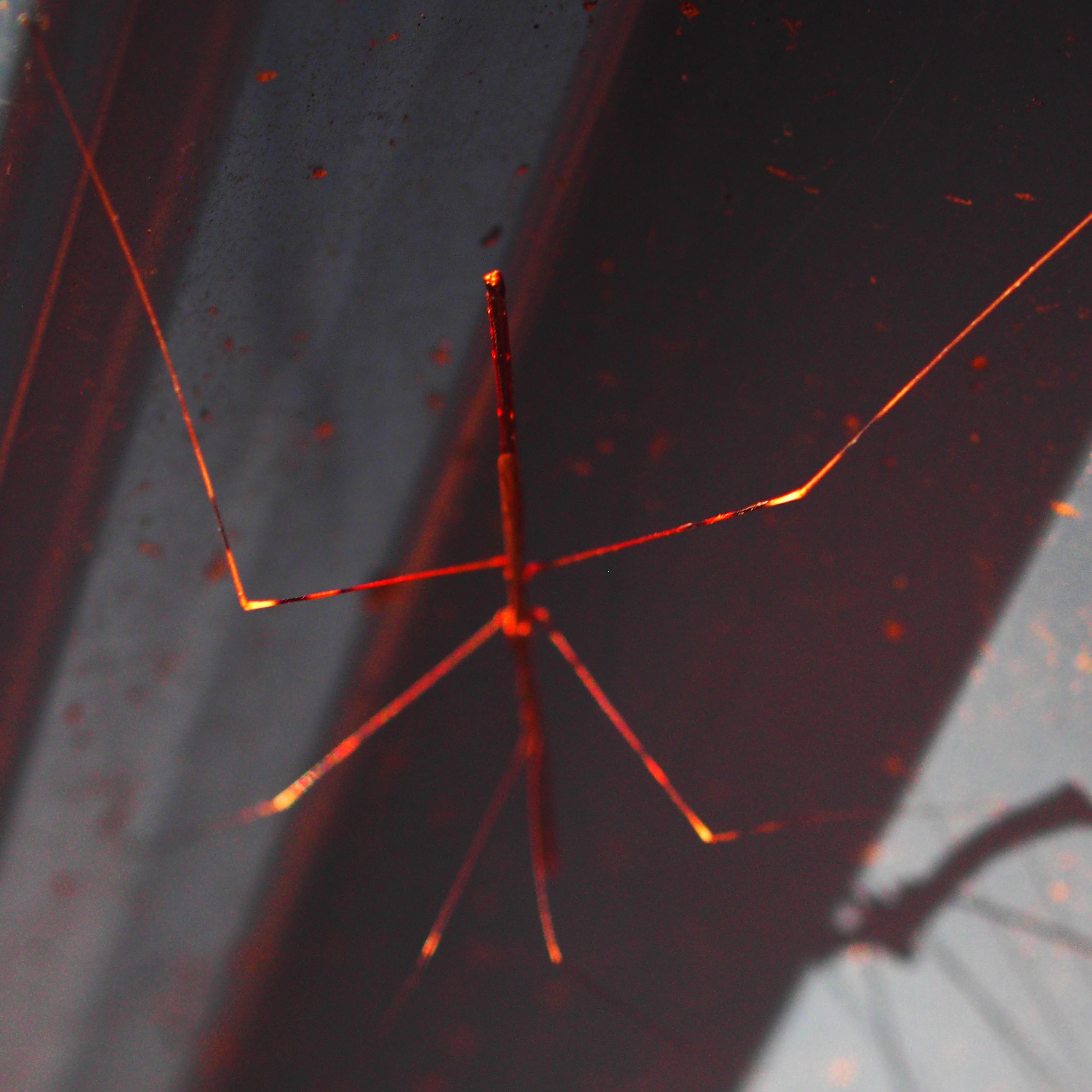
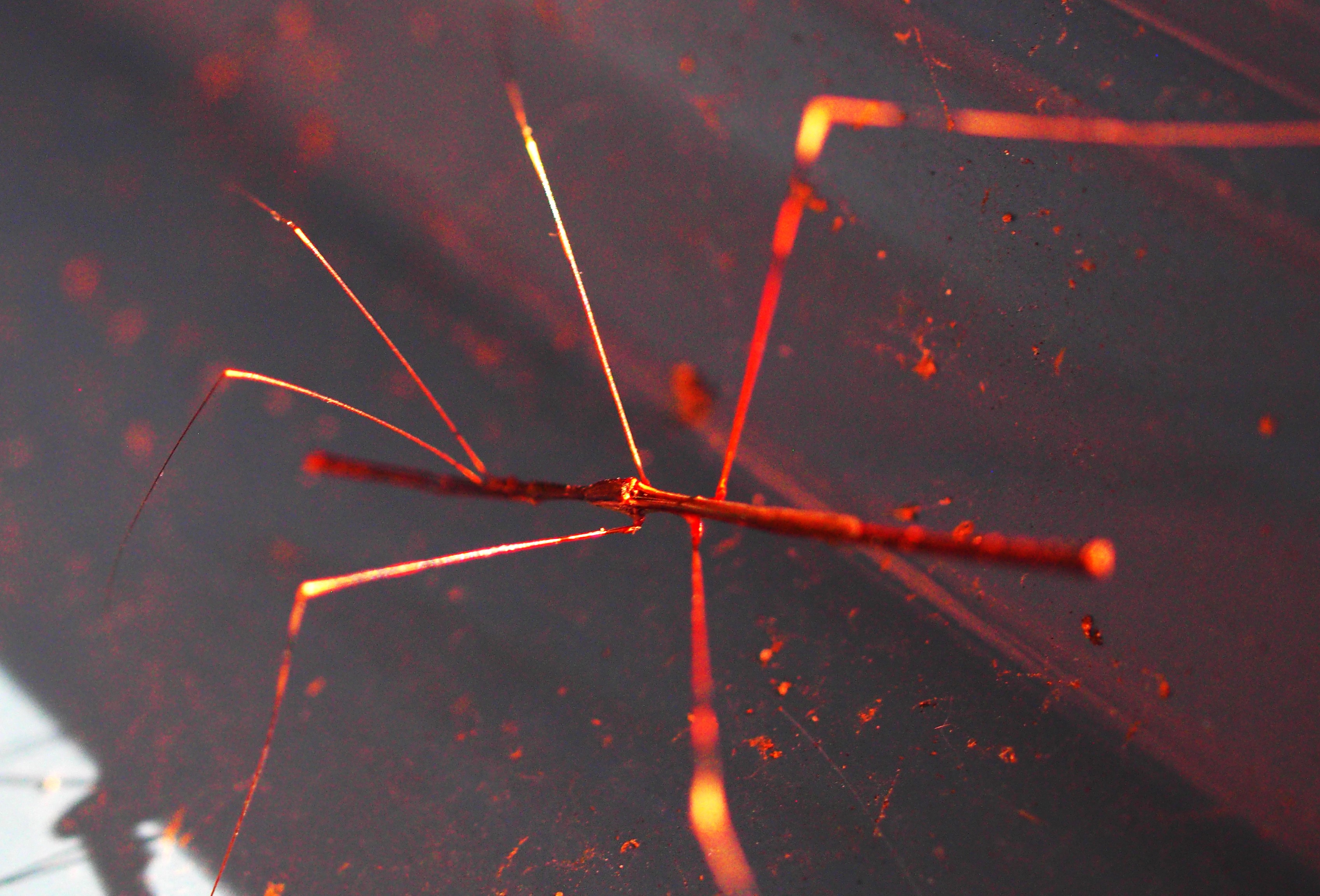
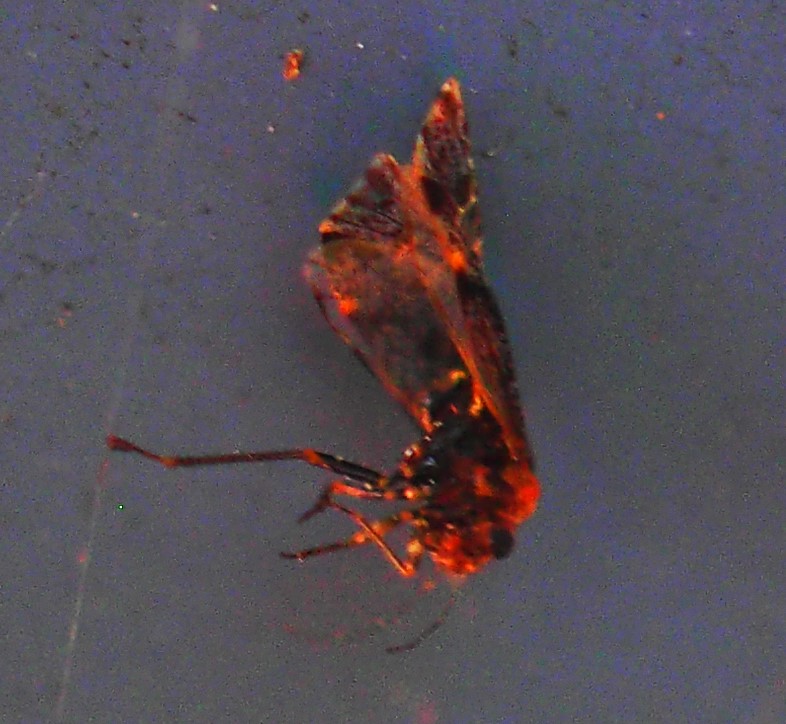
That was quite a lot of Bugs! But just wait till you see the Flies! Their heads are quite unlike those of Bugs. They also have two wings each, thus giving them their scientific name of Diptera (that's Di + Ptera = two wings). Here are a few little Flies with a goodly bit of WIP sprinkled in (especially in picture 3. That's "Wing Interference Patterns".
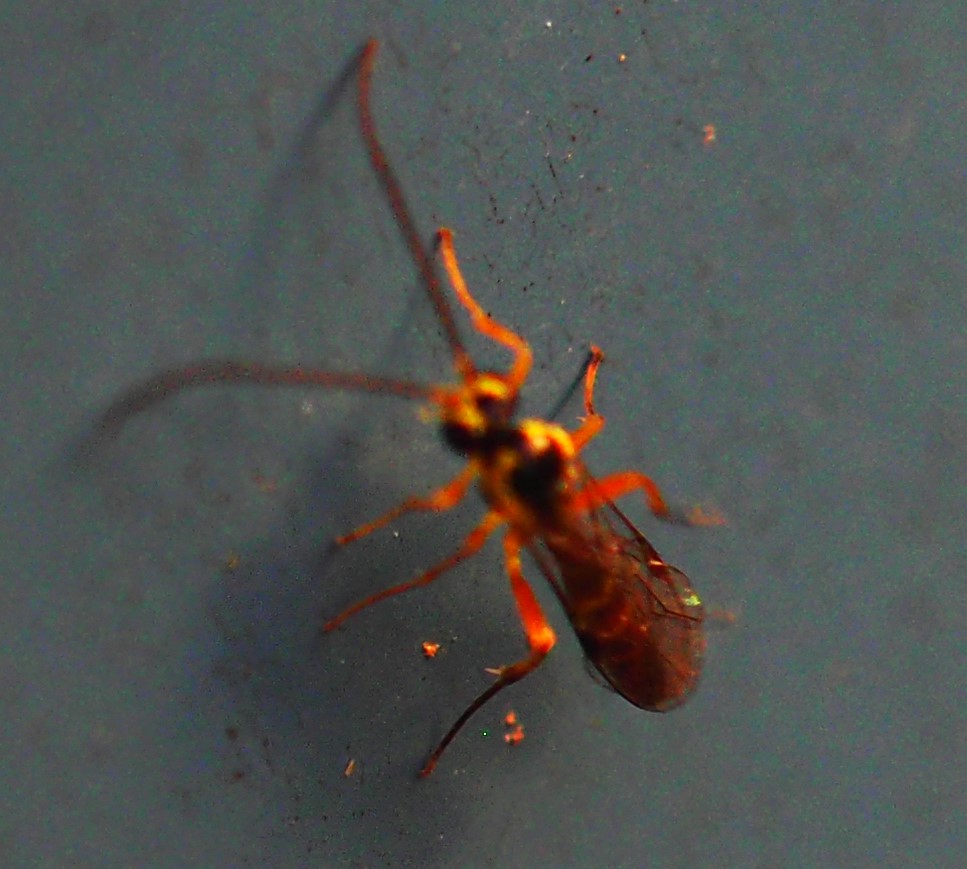
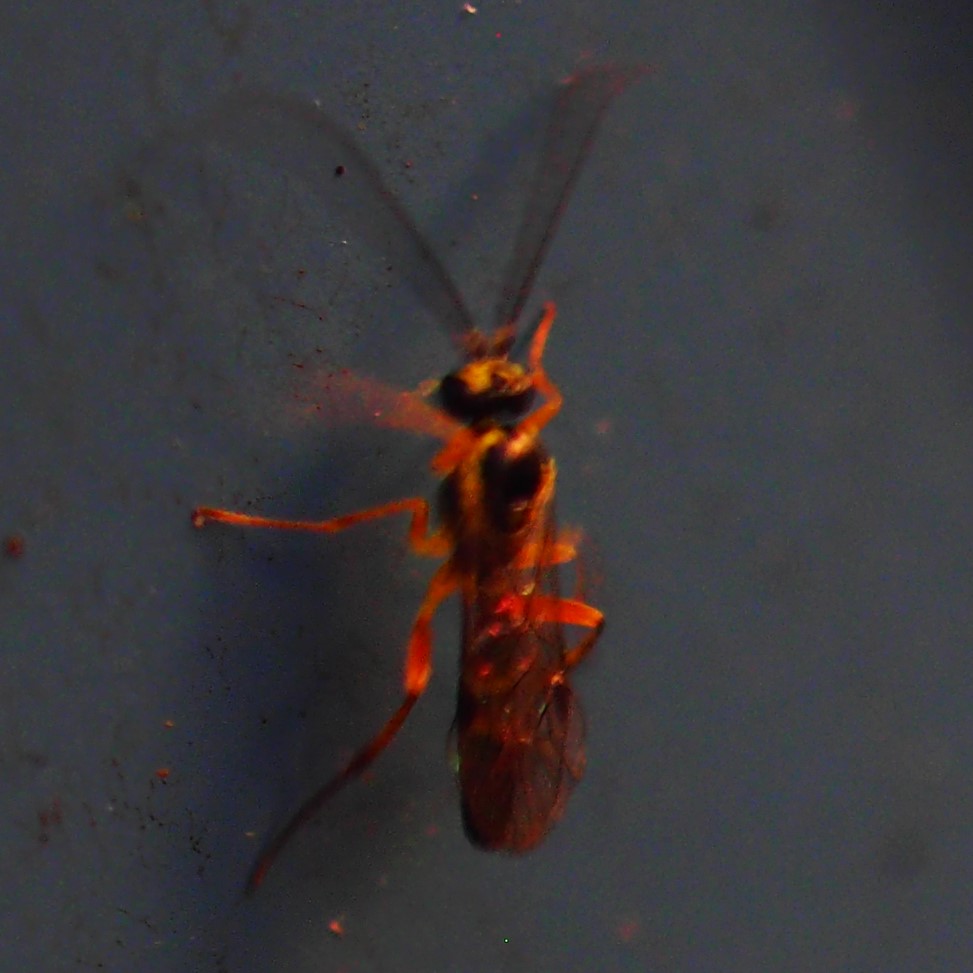
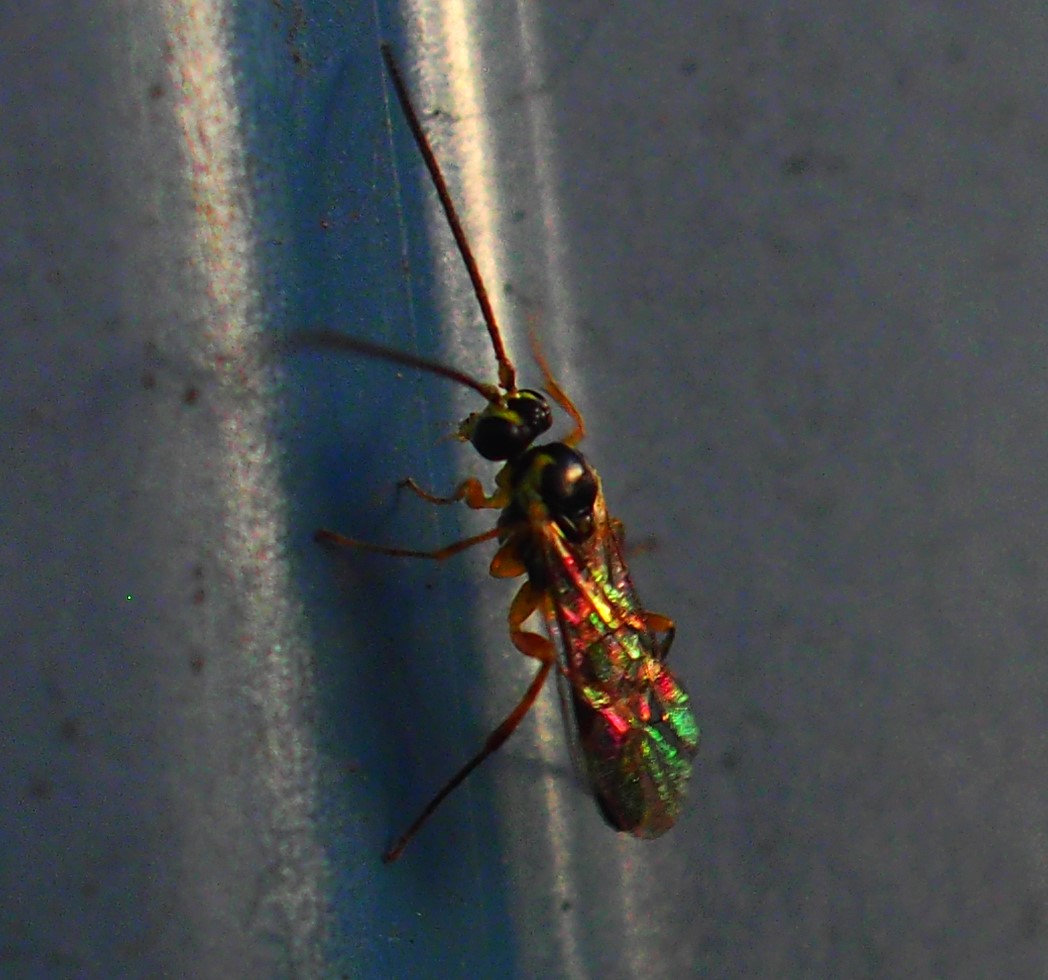
Another Fly with lots of colors sprinkled in. Number 2 is a member of genus Mycetophila, one of the cheerful Fungus Gnats. So may be Number 3.
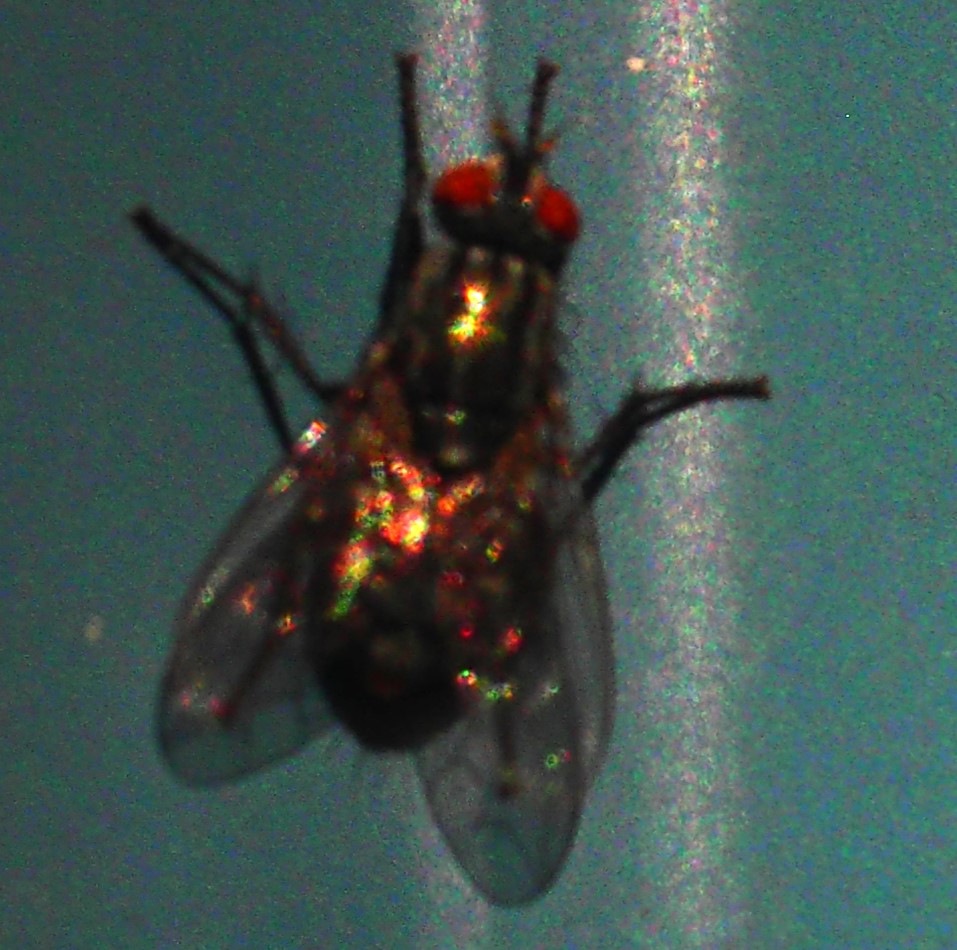
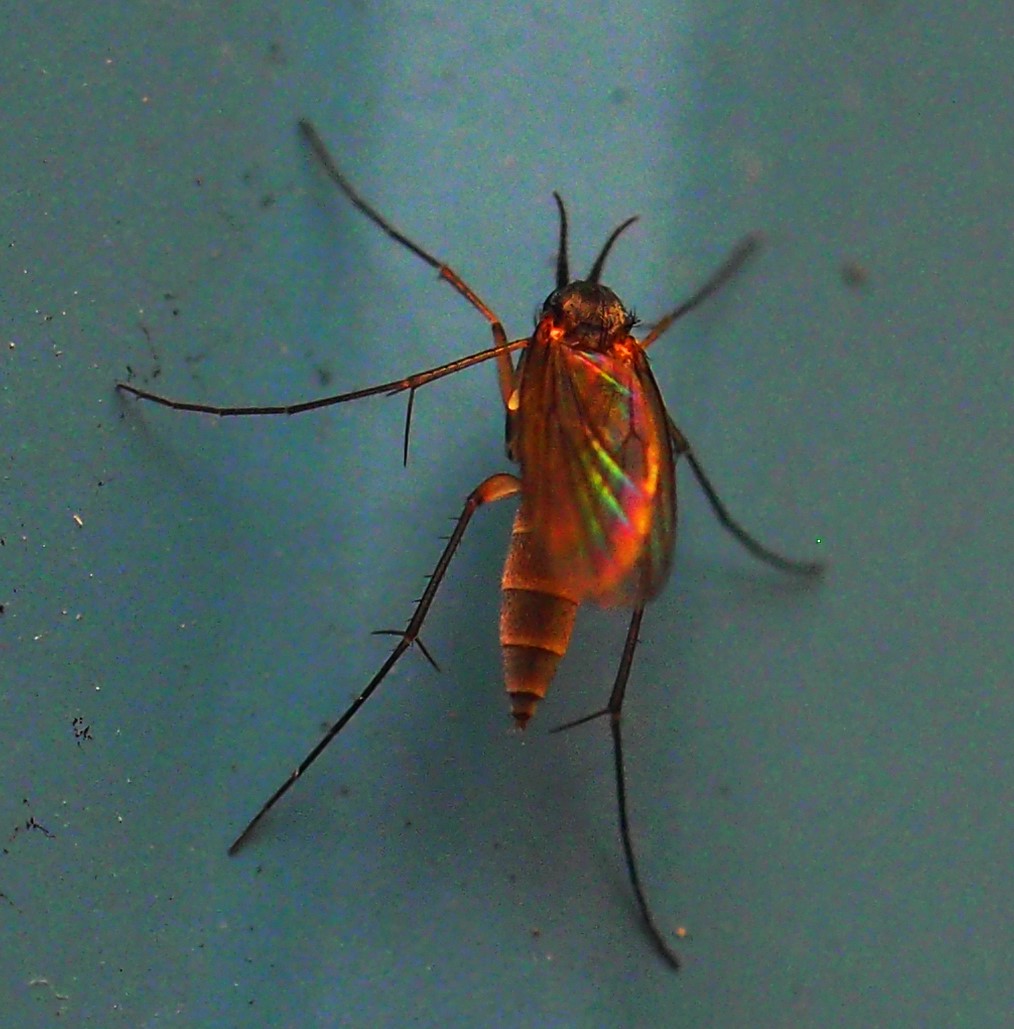
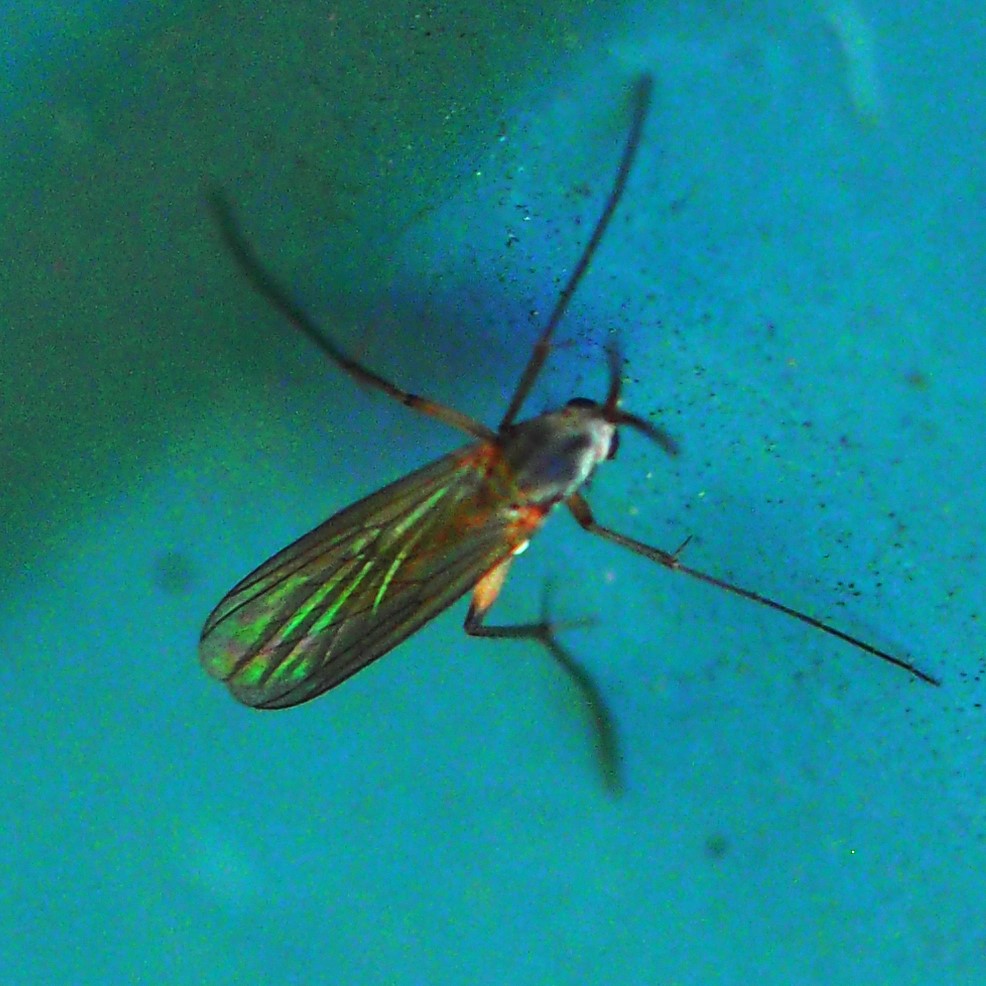
A Suillia genus Fly is probably Suillia quinquepunctata ("five spots"). Next is
Trichocera annulata, the Winter Gnat. Third is Discobola annulata, which used to be called Limonia annulata, but that old name is now defunct. I have always loved this Fly because of its resemblance to an old (possibly Japanese) block-printing method.
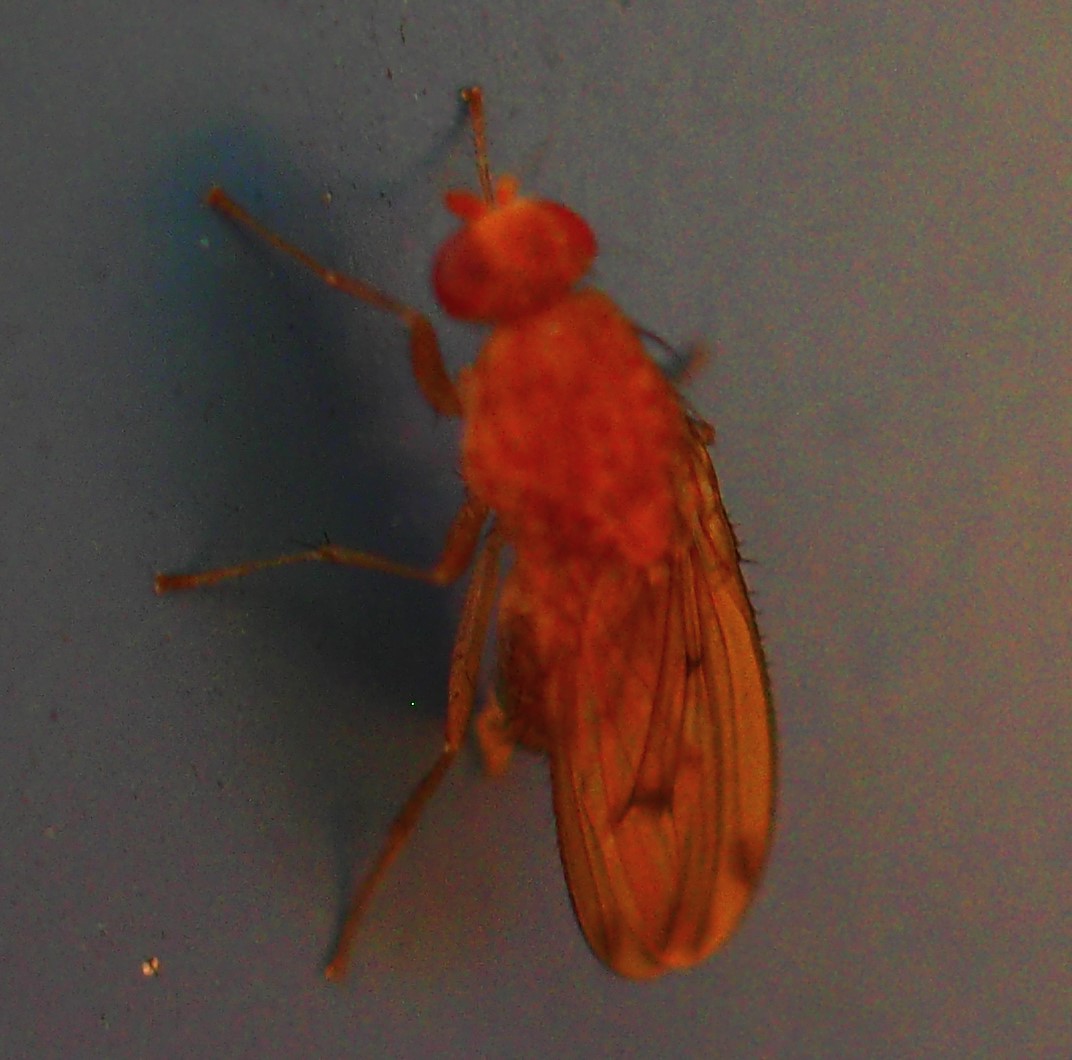
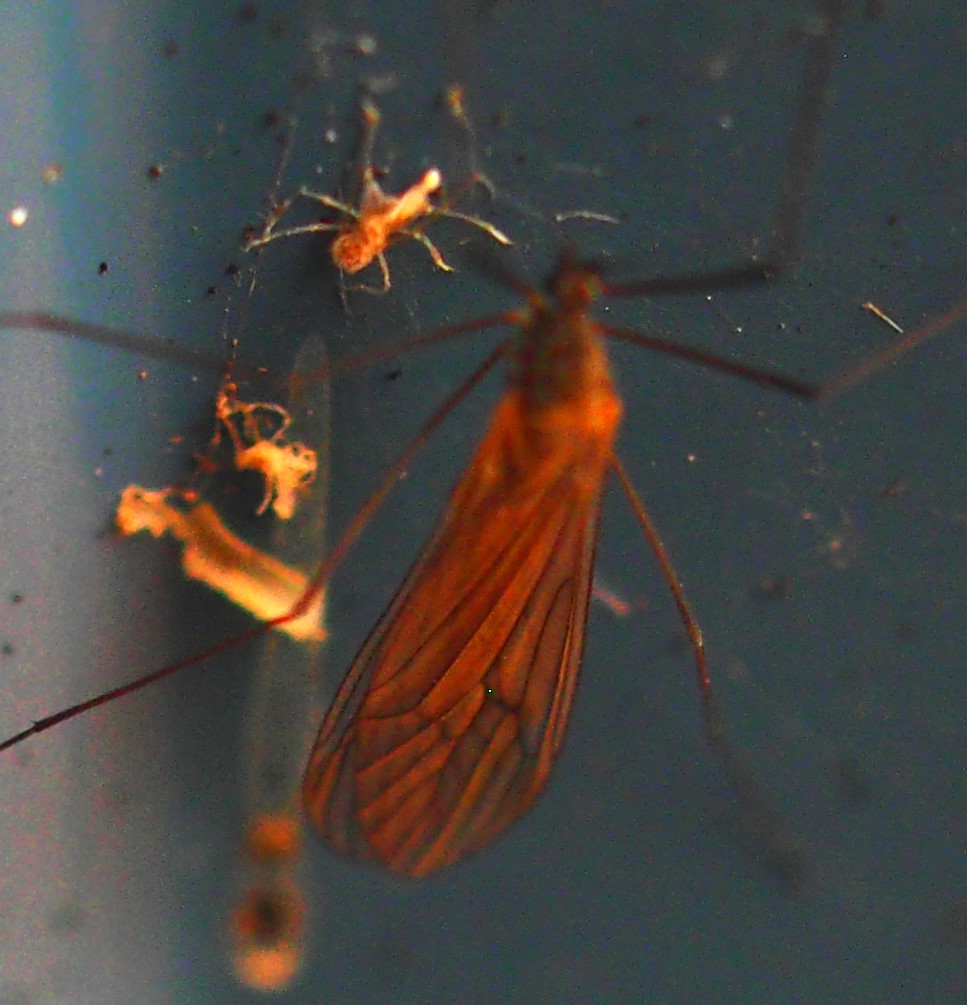
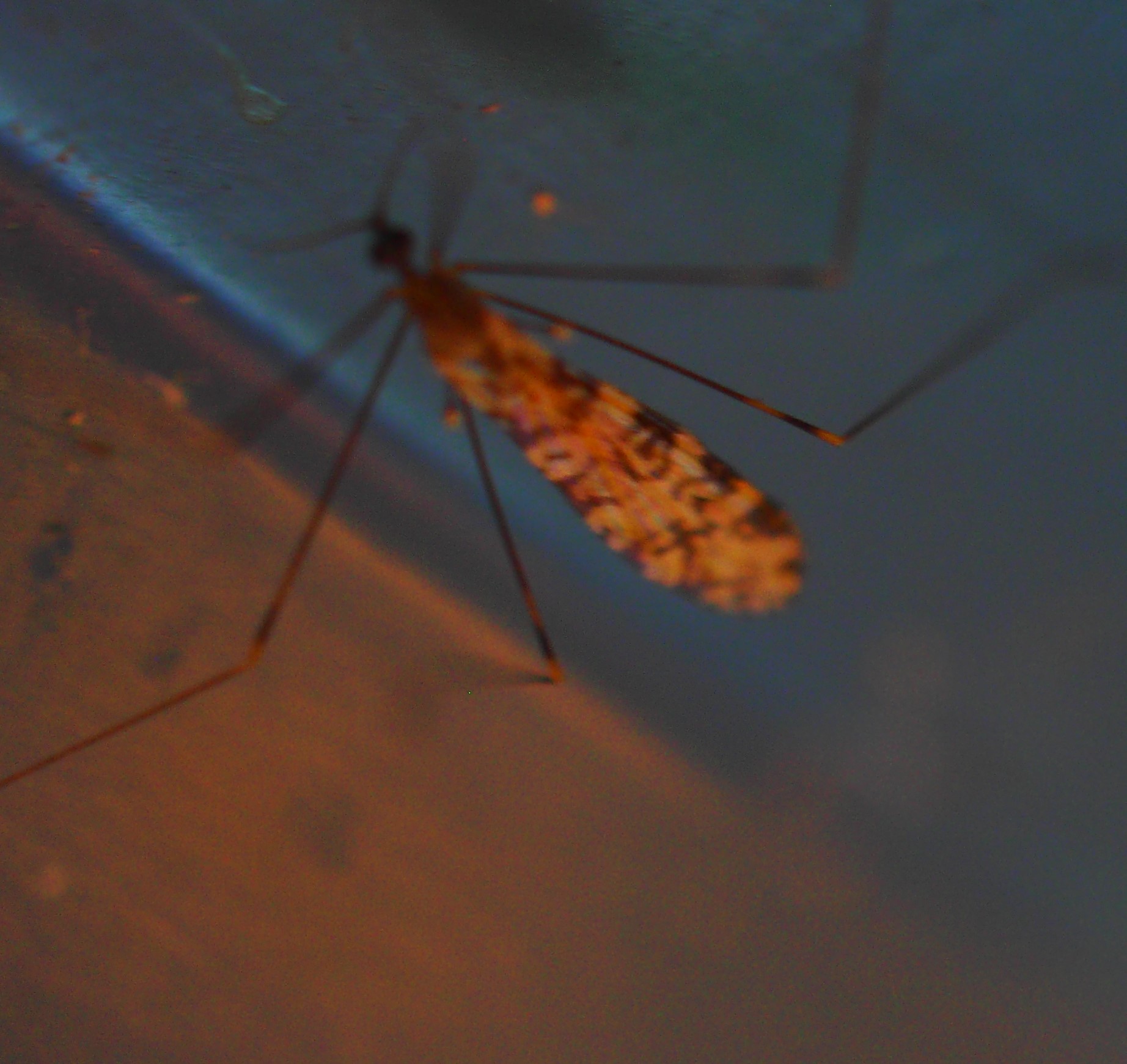 Here's another Winter Crane Fly, Trichocera bimacula, named for the two spots (bi+macula). Now we are almost to the end of the Flies, and so we leap to the beginning of them, that is, just to the end of the European Earwigs.
Here's another Winter Crane Fly, Trichocera bimacula, named for the two spots (bi+macula). Now we are almost to the end of the Flies, and so we leap to the beginning of them, that is, just to the end of the European Earwigs.
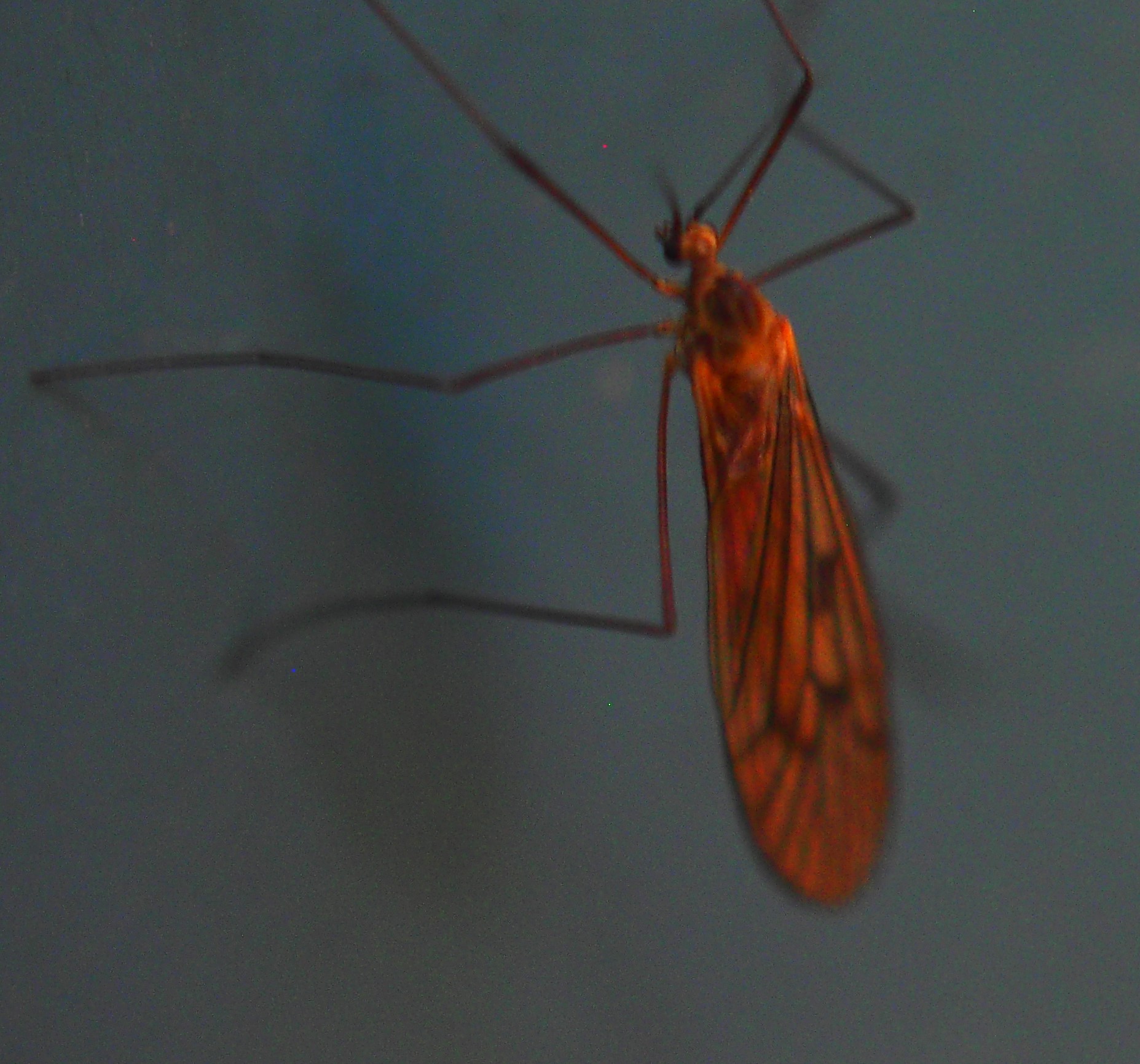
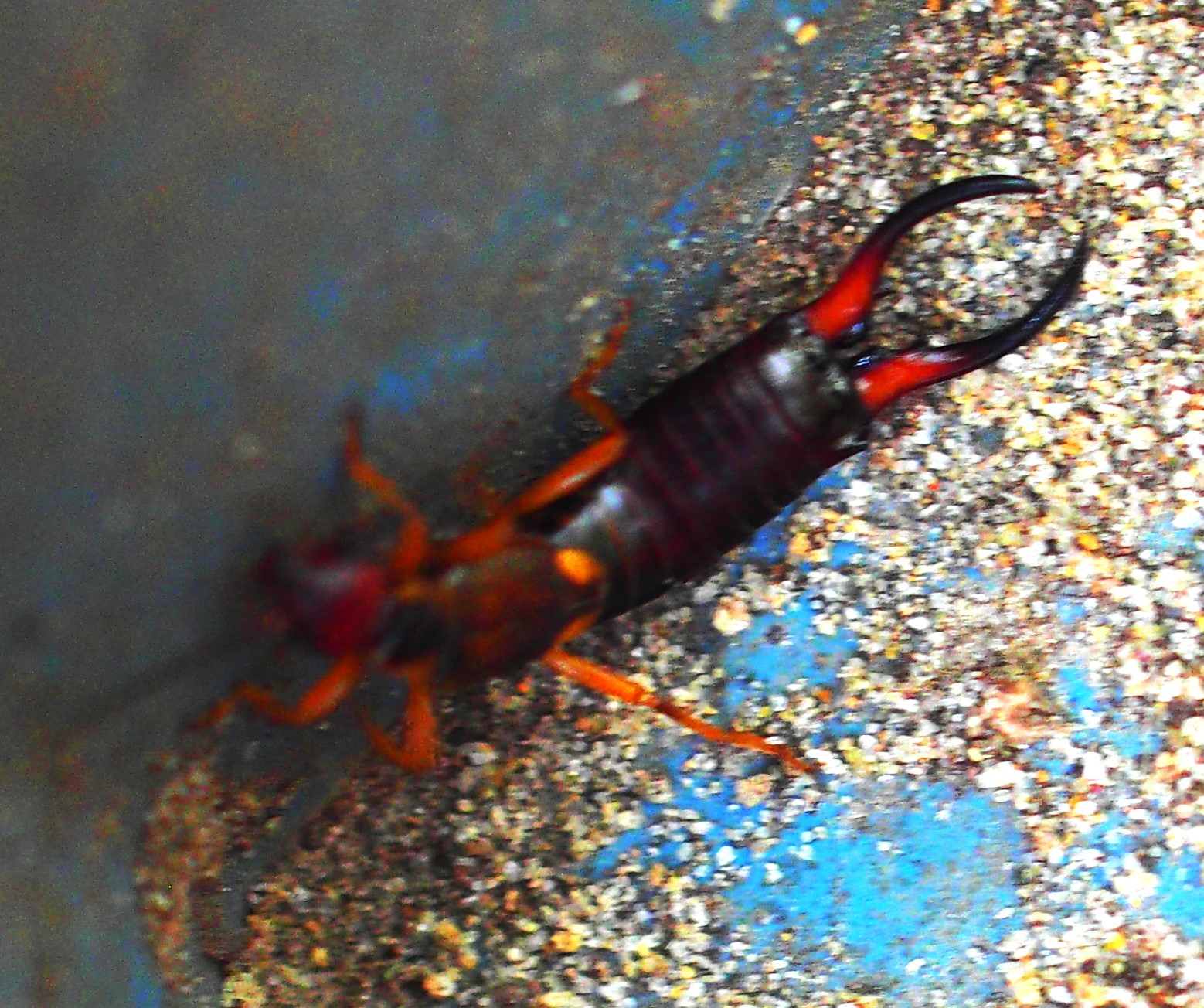

Oh no! we must still be moving backyard to the other end of the Flies. First is a Fly, but I don't know its name. The second looks like another of those Fungus Gnats showing off its WIP powers.
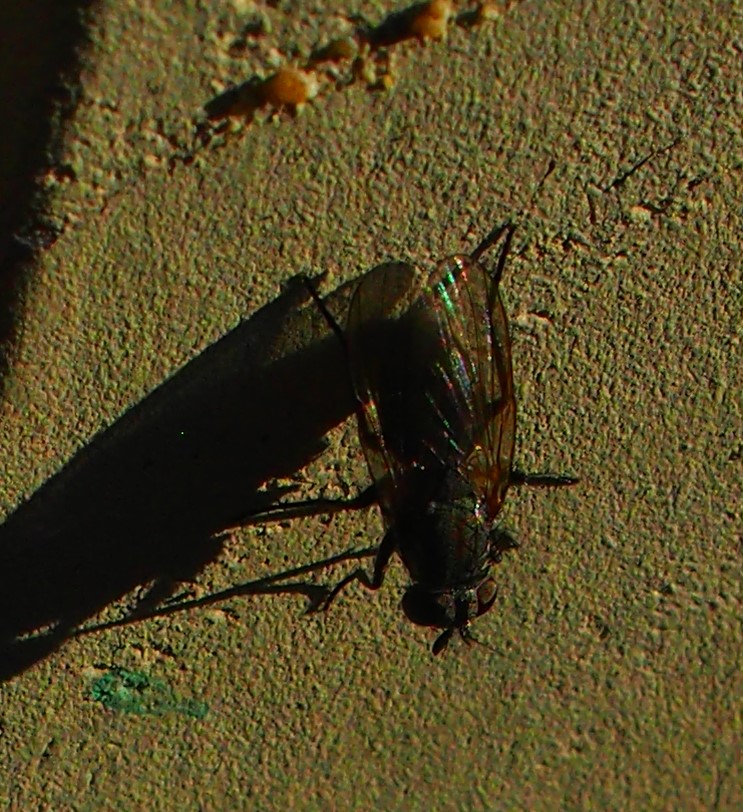
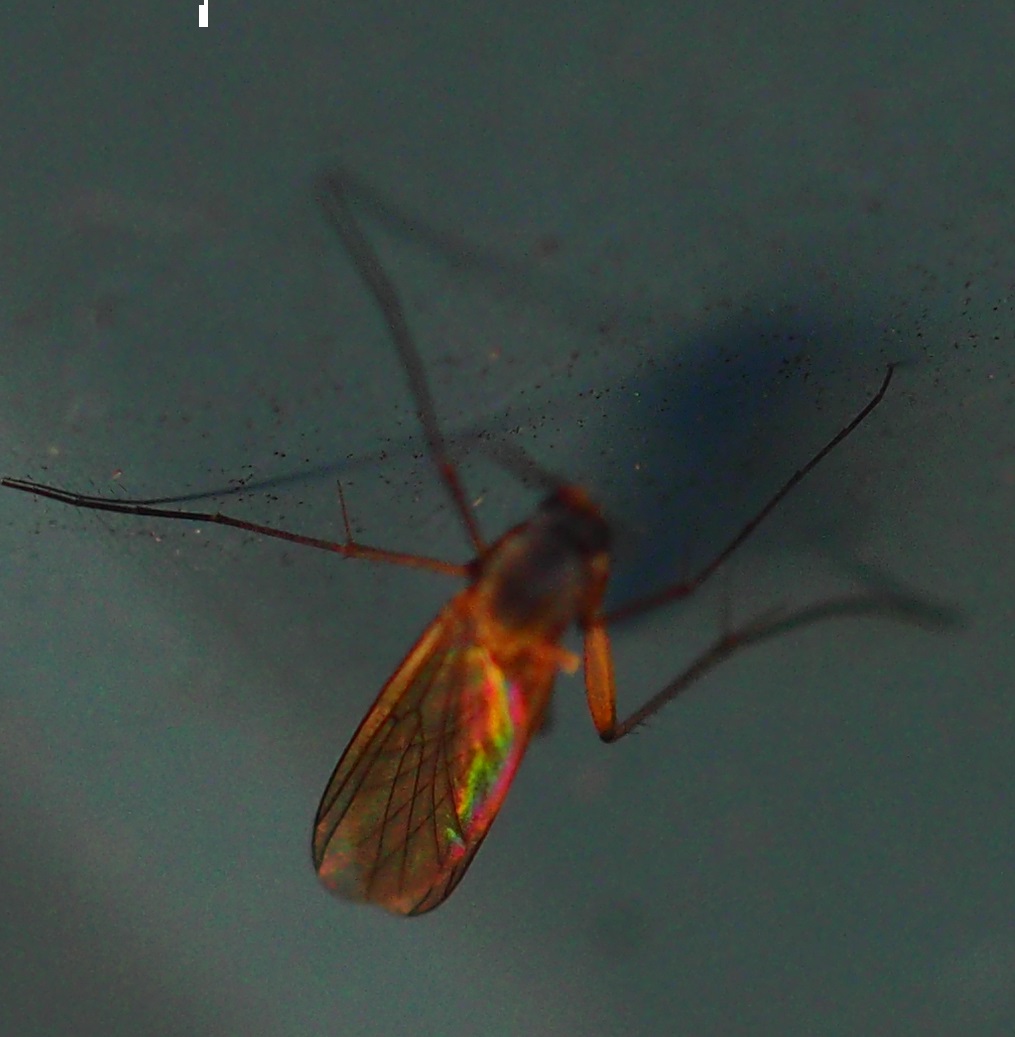
Moving on to the Arachnids, here is a European Harvestman. It's followed by a sequence of Spiders. Number 2 is a Crab Spider; Third is a Grass Spider; and fourth is a mystery.
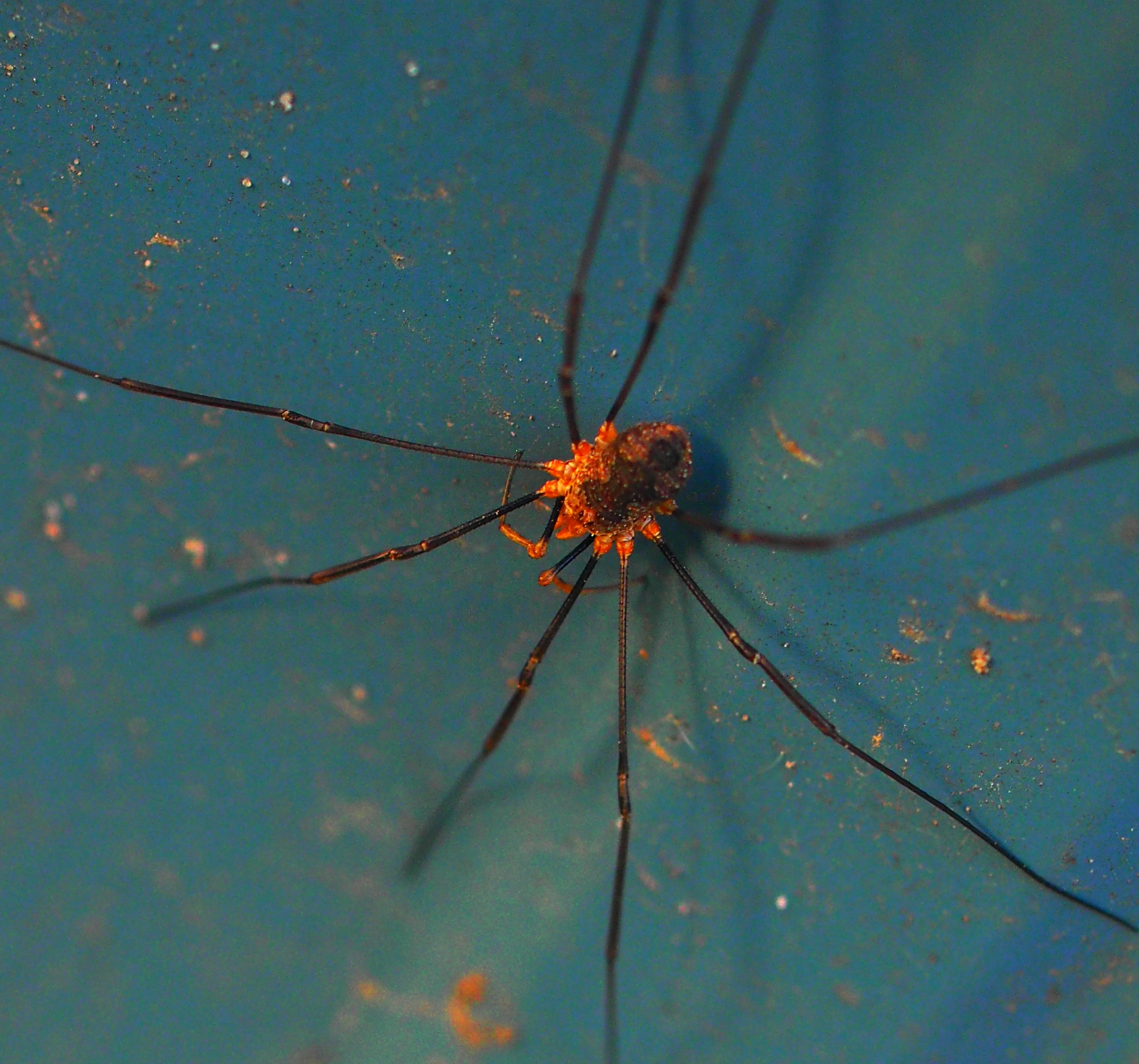

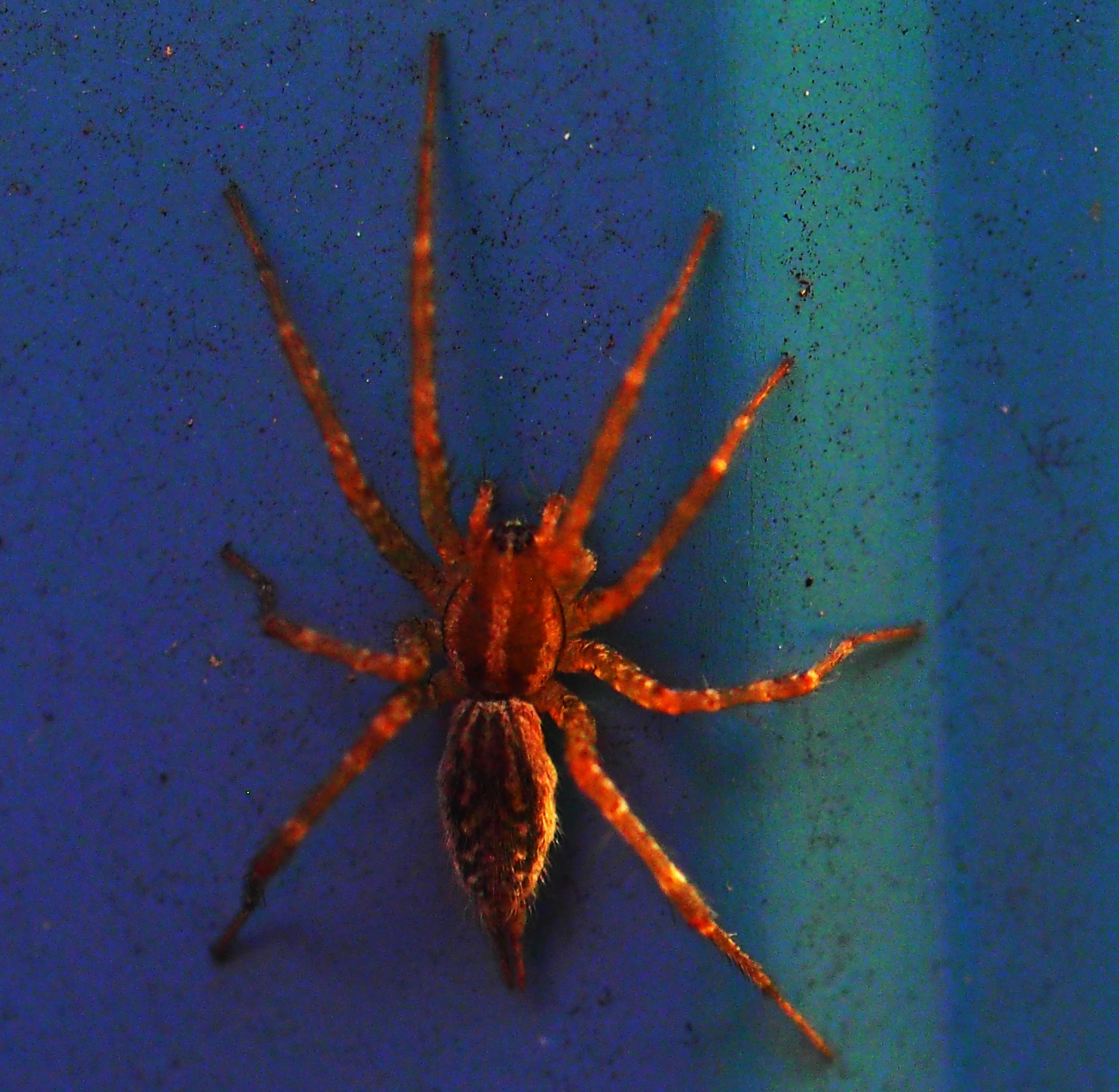
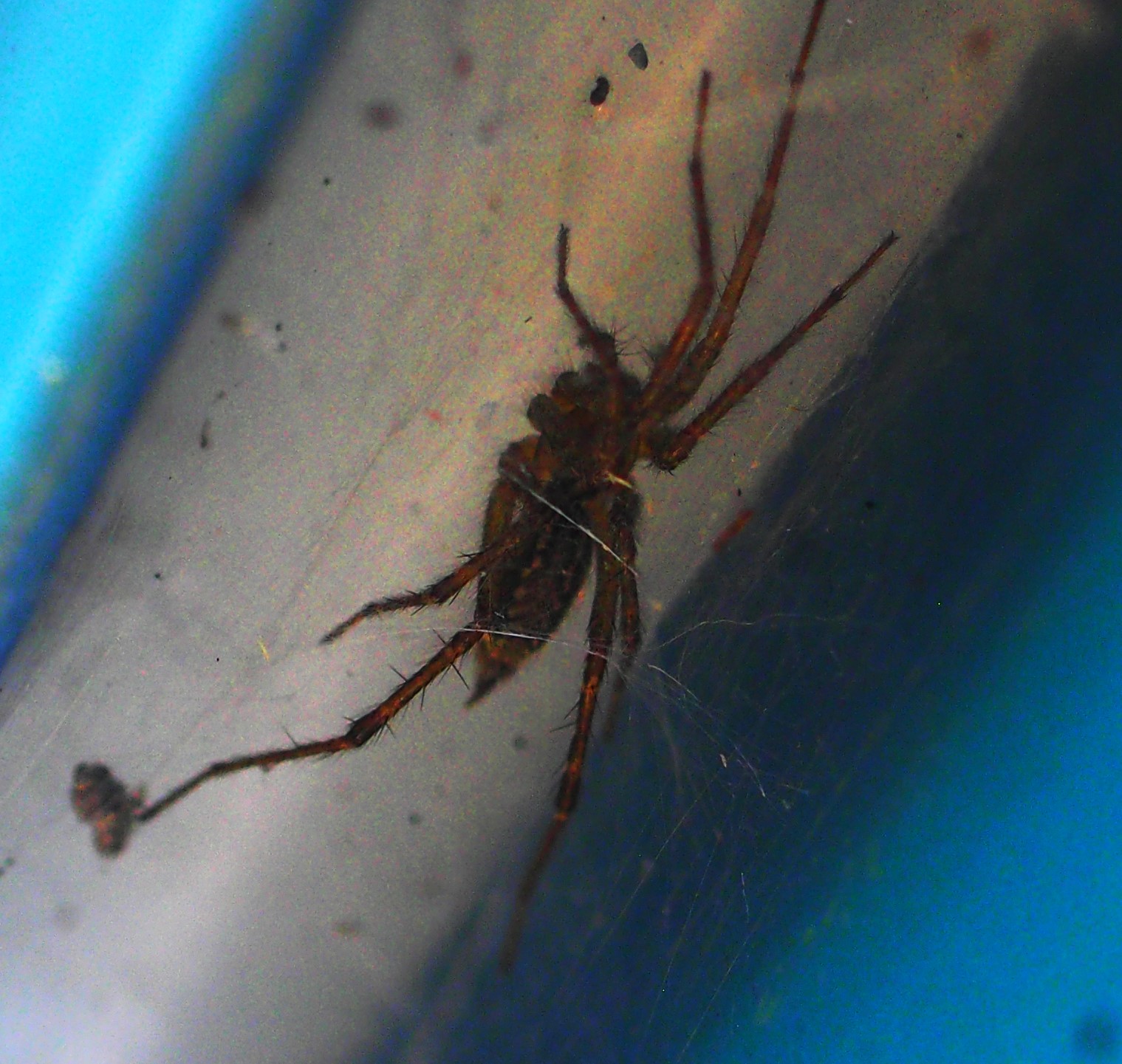
Here are two Ant Mimic Spiders, and a red-faced Spider.
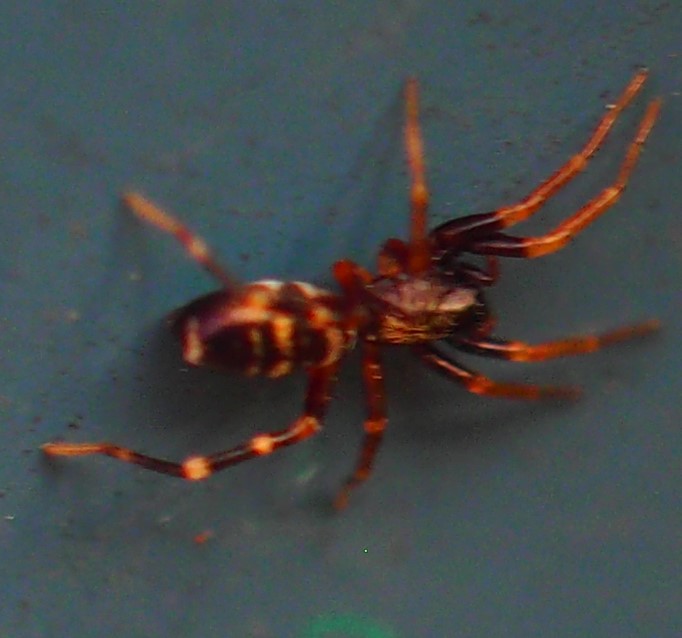
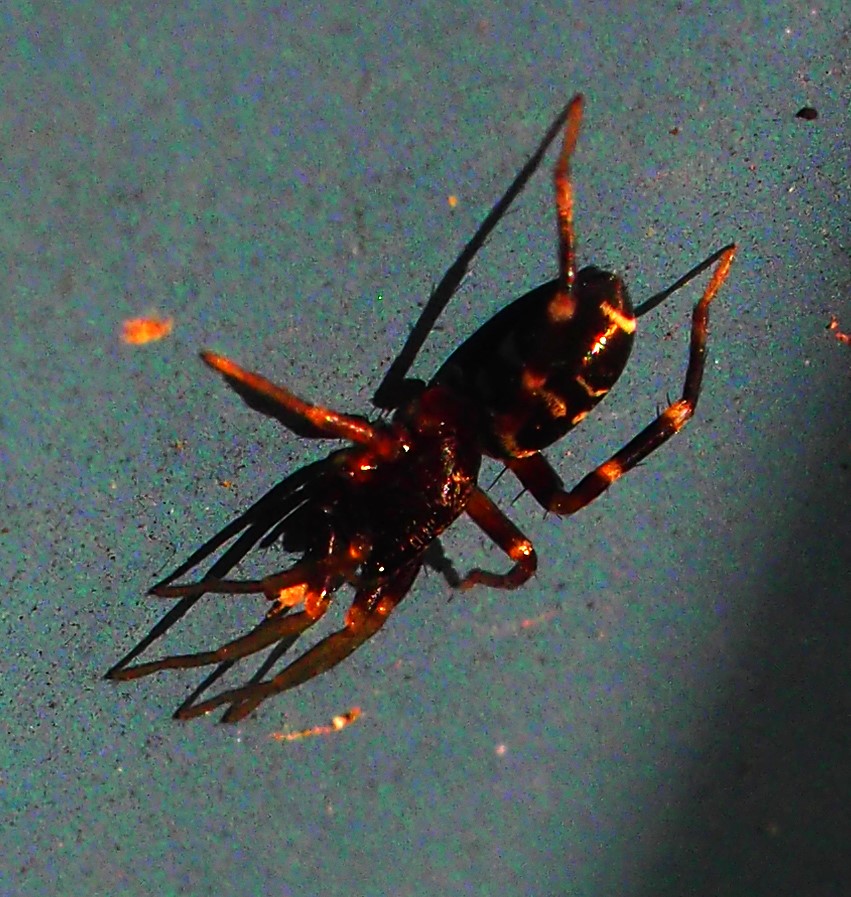

Here are a few Loopers - probably all different kinds of Geometrid Moth larvae.
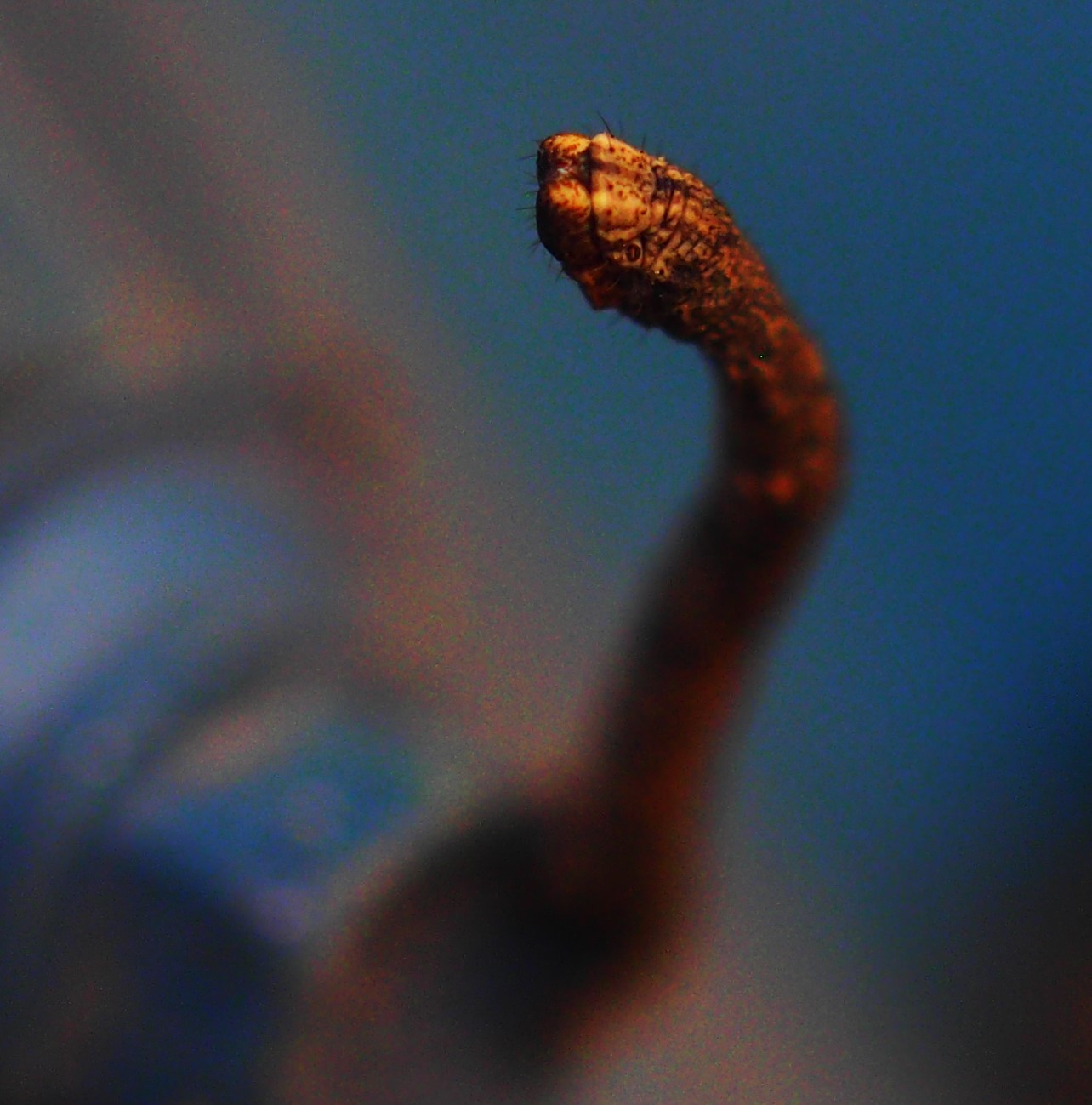

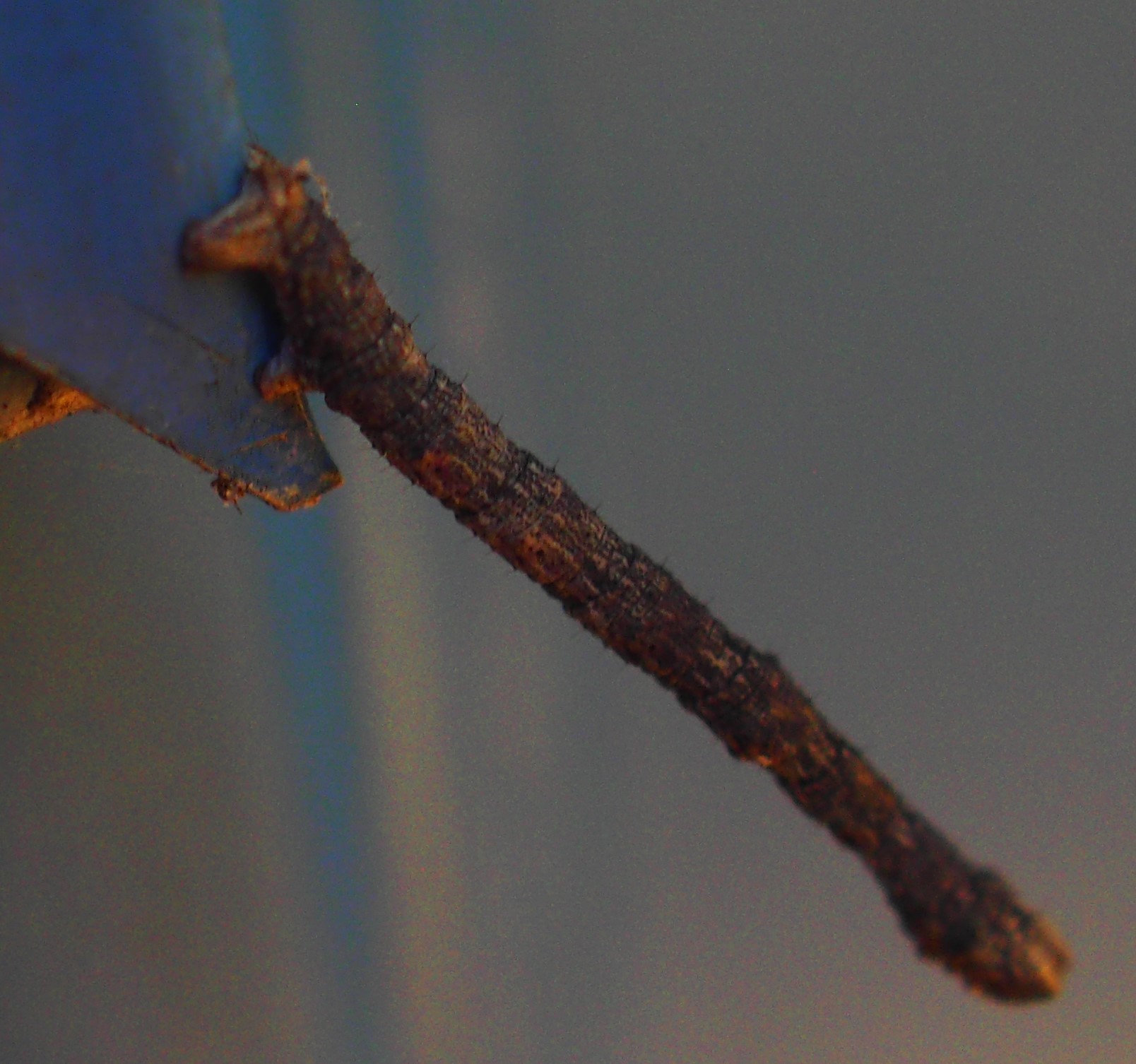
Here are a few more Loopers. I especially like them when they are looping.Ordinarily, we would be off on a Flower Walk, but Flowers have been rather thin these days. Still sometimes we see something like this sudden Phlox, who is budding way past its blooming period!
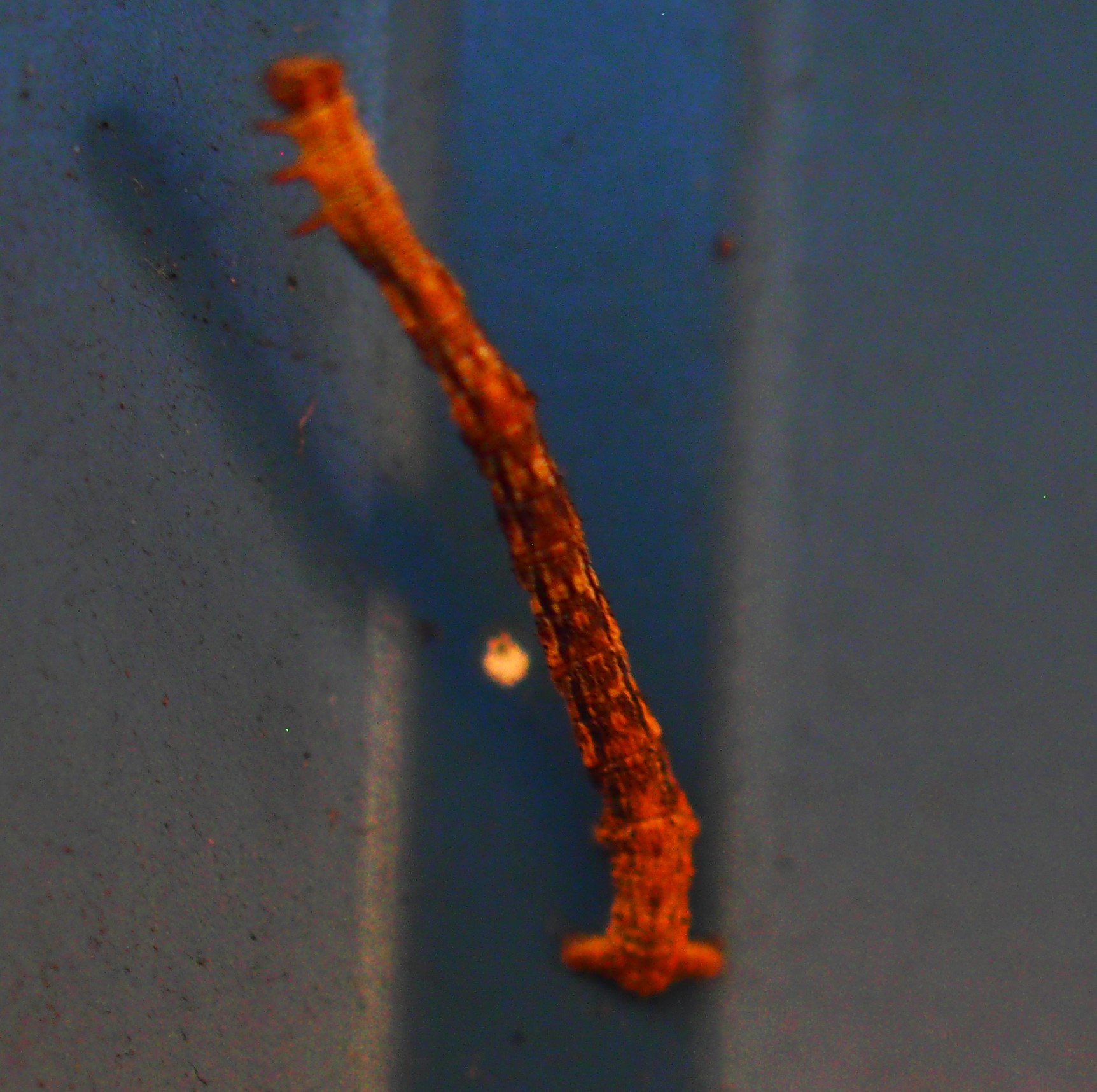
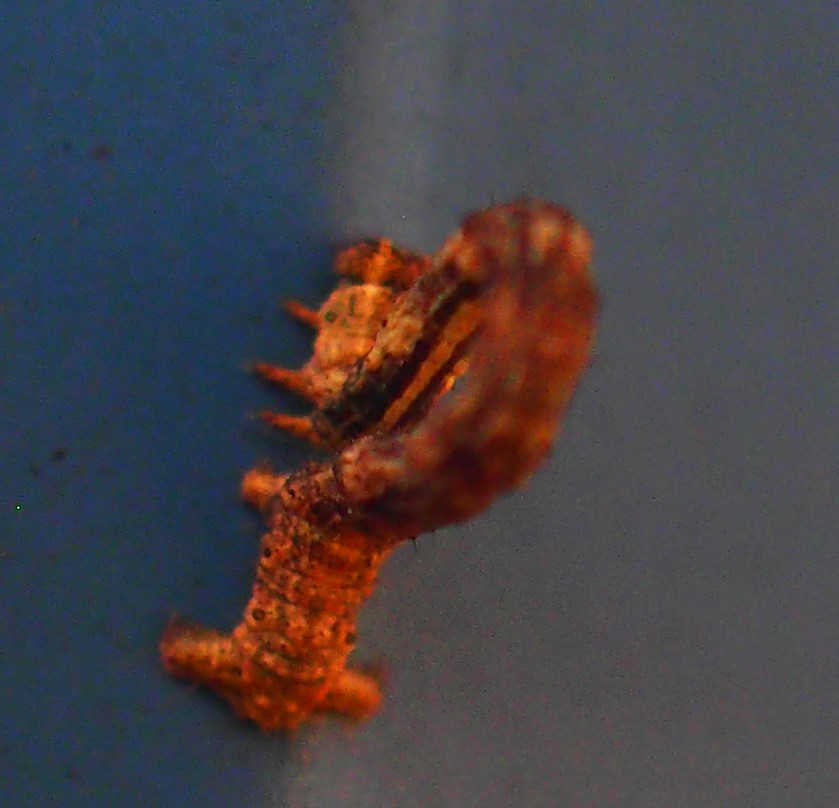

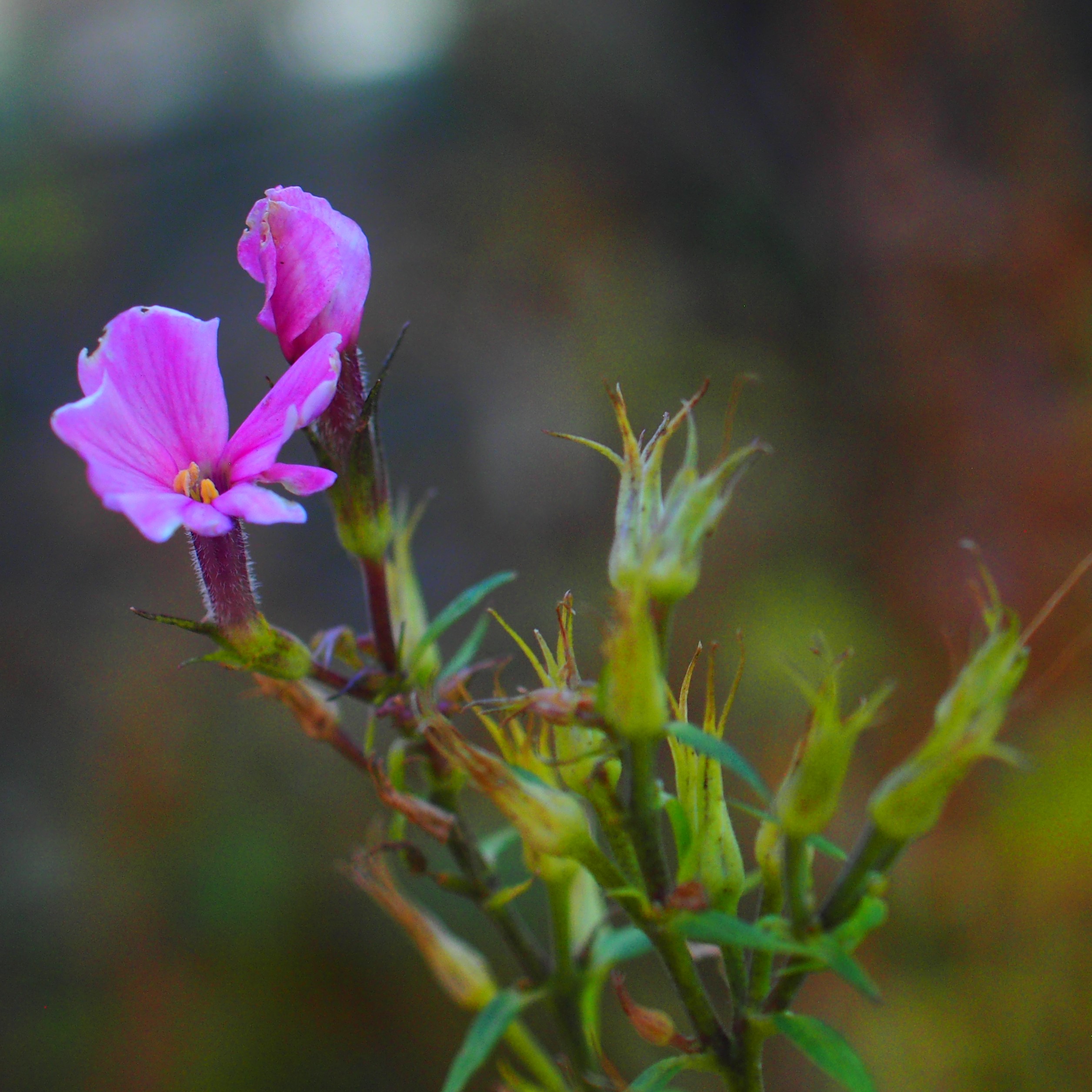
Here are a couple of pictures of some Mystery Wasps.
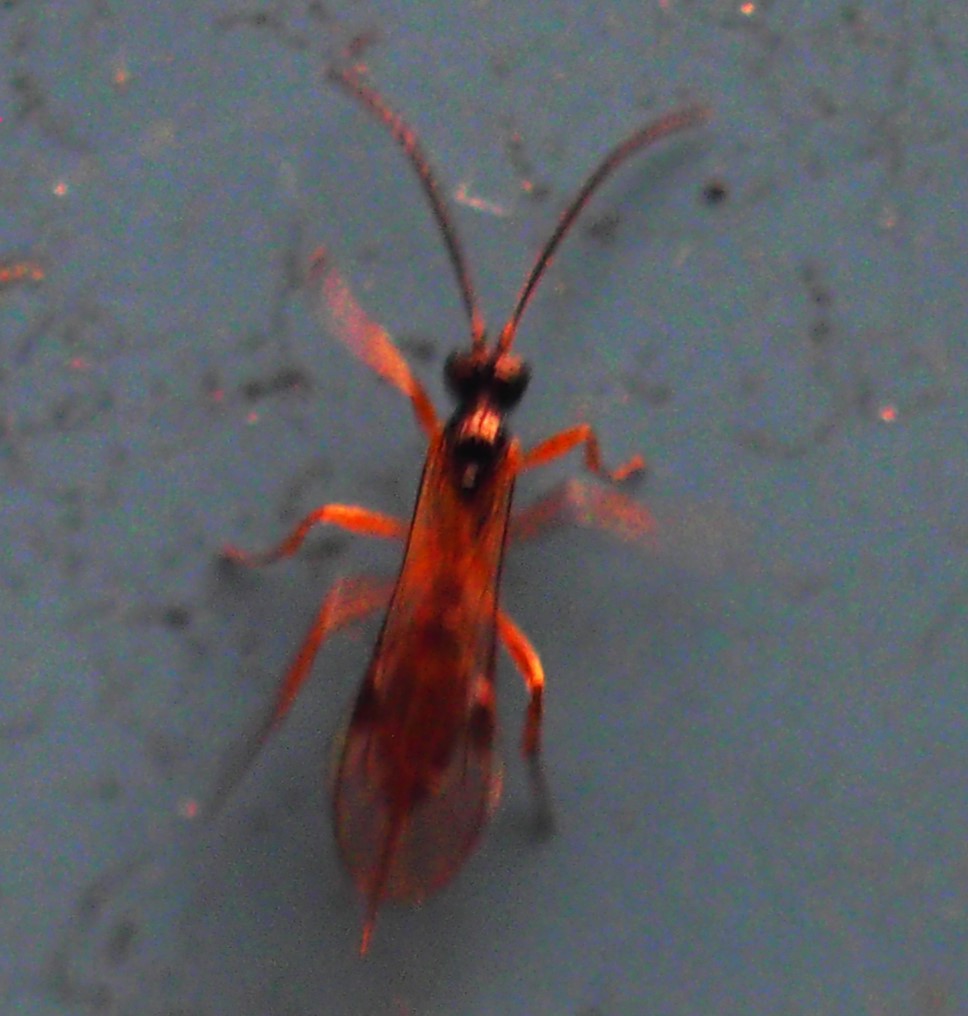
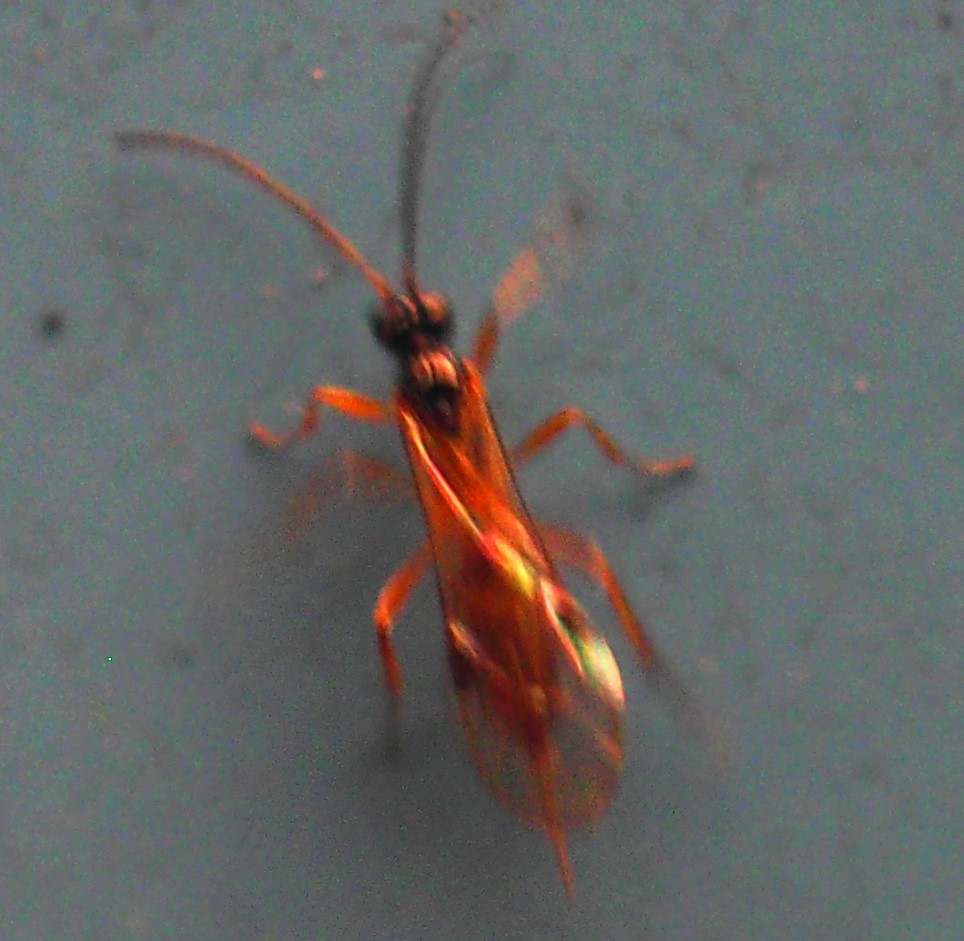
Let's end up with a few pictures of the Fishes, whose appetites are down quite a bit, but who did come up to the Fishy Fishy Song today, November 15.
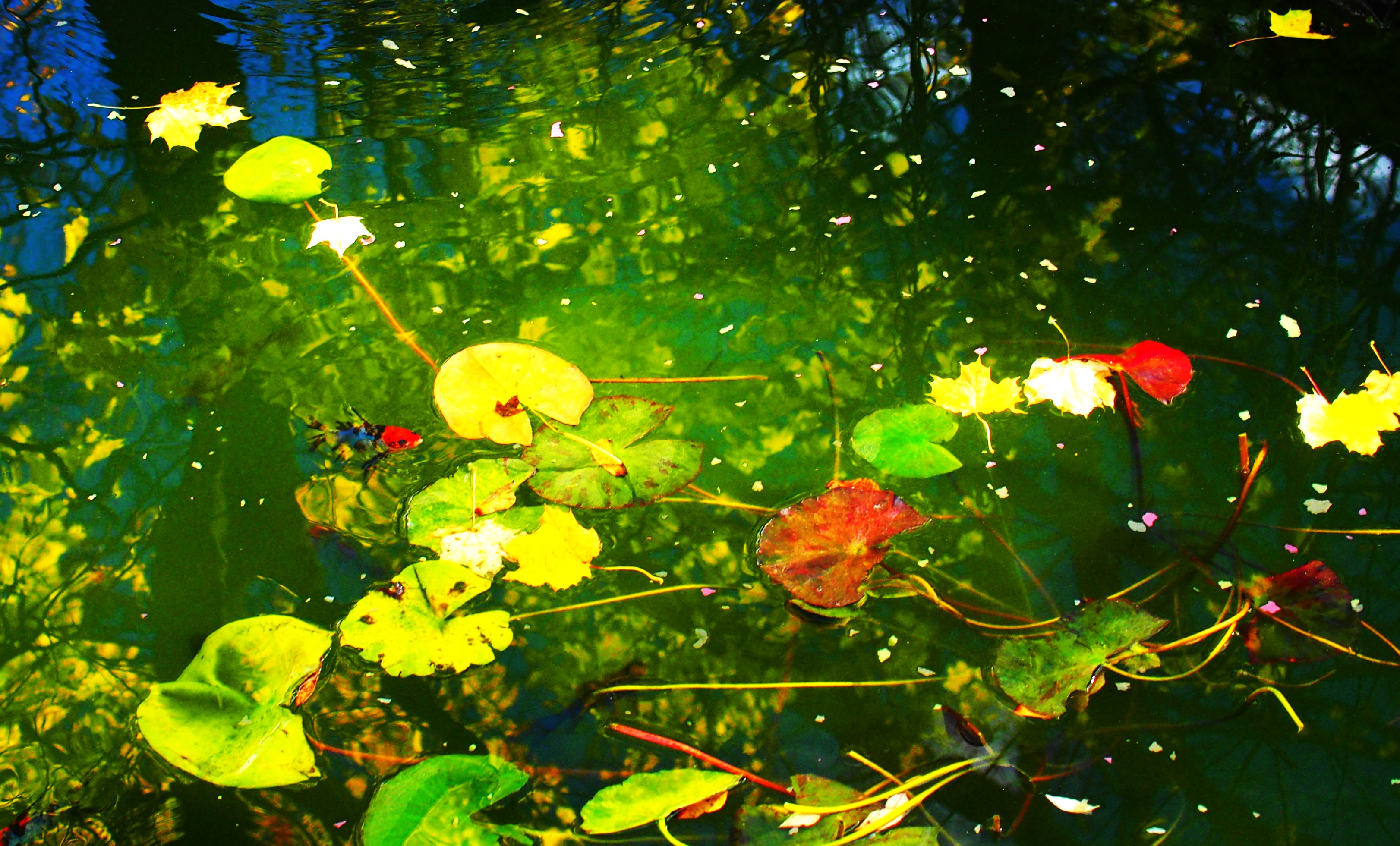
Finally, this huge Black Cat, who looks so much like our beloved Spooky. Let's remember her and all the friends we have lost this year. But let's also work at saving our total environment. What a world we are living in!
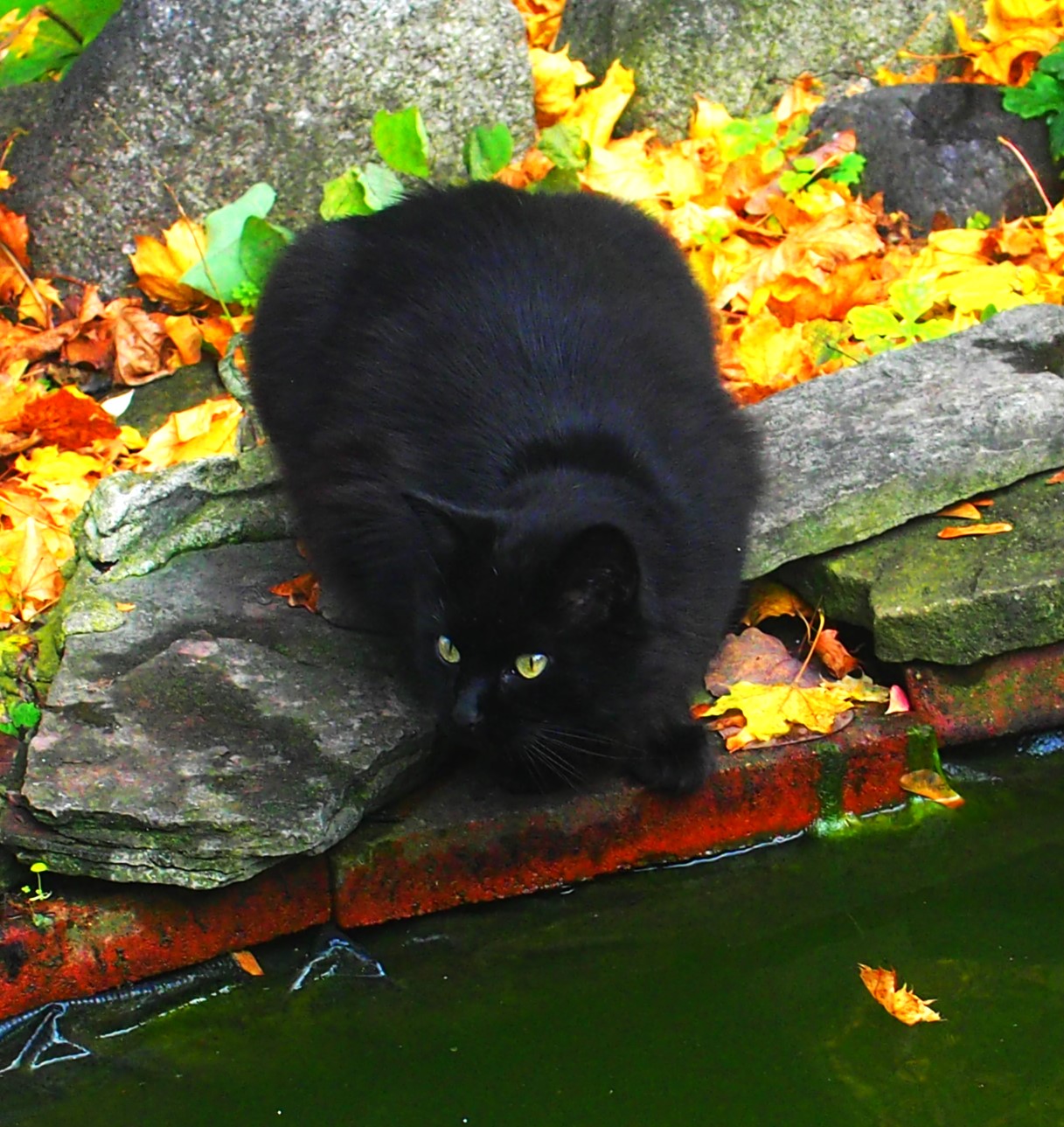
Love, Martha
Back to November 5, 2023
Forward to November 19, 2023
Back to main menu
copyright Martha O'Kennon 2023

















































